ATLANTA, Ga. – Over the past 30 years during Labor Day weekend, fans from around the world descend on Atlanta for the pop culture convention DragonCon. The sprawling event, which began in 1987, offers its thousands of enthusiastic attendees four days of programming exploring a wide-range of pop culture fandom. From lectures and workshops to cosplay, gaming, and the famous parade, Dragon Con has become one of the largest fan-based conventions of its kind. This year, Dragon Con reported a record 77,000 attendees over a four-day period, and its parade was broadcast for the first time on local television.
![DragonCon 2016 [Photo Credit: Deosil Photography ©]](https://wildhunt.org/wp-content/uploads/2016/09/1M8A5769-500x345.jpg)
DragonCon 2016 [© Deosil Photography]
In an attempt to roughly gauge that number, The Wild Hunt queried groups of random people throughout the weekend at various points. From that highly non-scientific method, we have extrapolated that the percent population of Pagans, Heathens, polytheists and the like stands at 9% of the total population of attendees at DragonCon.
Regardless of any data, the DragonCon fandom world does seem to intersect comfortably with Pagan, Heathen and polytheist cultures. In fact, DragonCon featured three openly Pagan musicians and groups, including Tuatha Dea, S.J. Tucker and Emerald Rose. In addition, author Kathryn Hinds, occultist Michelle Belanger, and artist Laura Tempest Zakroff offered presentations in their fields of expertise. Beyond that, in the extensive vendor spaces, it was easy to find jewelry and other products decorated with pentacles, Thor’s hammers, and other common symbols found within Pagan, Heathen and polytheist practices.
“There is a large overlap between Pagandom and geekdom,” explains singer and song writer Arthur Hinds. “It has to do with the power of imagination, the building of thought forms.”
![Emerald Rose in daytime performance, DragonCon 2016 [Photo Credit: Deosil Photography © ]](https://wildhunt.org/wp-content/uploads/2016/09/1M8A4749-500x283.jpg)
Emerald Rose in daytime performance, DragonCon 2016 [© Deosil Photography ]
This particular DragonCon was bittersweet for Hinds and the other members of the Atlanta-based band. This year marks their final appearance at the con as a group. Band member Logan said, “We’ve had a blast. This is one of the most significant [crowds] we have ever played for, because there is such a wealth of creativity and camaraderie.”
Logan added that performing at DragonCon has been a “great ride” and one of the “most fun things [he’s] done in [his] life.”
Members of Tennessee-based band Tuatha Dea agreed with Hinds and Logan, saying that there wasn’t much difference in playing to DragonCon or Pagan crowds. Contrary to Emerald Rose, Tuatha Dea was making its debut appearance at the con, and their excitement was infectious. Not only did the group perform several shows, one of which was on the main stage, but they also offered a “Facilitated Rhythm Event,” and could be found sharing their drumming energy with the dense crowds passing by their table in Marriott hotel.
![Members of Tuatha Dea, DragonCon 2016 [© Deosil Photography]](https://wildhunt.org/wp-content/uploads/2016/09/1M8A5700-e1473515341994-500x370.jpg)
Members of Tuatha Dea, DragonCon 2016 [© Deosil Photography]
Tucker equated that comfort level to performing within the filk community, which is represented at DragonCon with its very own track. She said, “It is the only other thing that comes close” to what she experiences with performing for Pagans.
“[The filk programing] is where you can bring your song, no matter what it’s about, if it’s your song that you wrote, or someone else’s song that you really want to sing, everyone will listen and everyone will applaud when you are finished, no matter what happens.”
![S.J. Tucker between DragonCon workshops, 2016 [© Desosil Photography]](https://wildhunt.org/wp-content/uploads/2016/09/1M8A5816-447x500.jpg)
S.J. Tucker, DragonCon 2016 [© Deosil Photography]
It is this very spirit that Tucker finds expressed at DragonCon as a whole. She said there “is call to come and be welcome. No matter who you are.”
Tucker added that the only real difference in performing at DragonCon and Pagan events is the size of the convention itself and the competition for the attendee attention. She stressed that this point is not necessarily a negative, just a reality. However, over time, she has learned to keeps things in perspective, focusing on the people that do make the effort to show up at her classes or shows, and not on those seats left empty by people who decided to attend something different.
Outside of the music world, artist and performer Laura Tempest Zakroff traveled from Seattle to present and display her work in the Dragon Con art show. She has been attending the con since 2012, first performing with her partner Nathaniel and the Nathaniel Johnstone Band, or performing with other friends’ bands (e.g. Ego Likeness, Frenchy and The Punk, The Cog Is Dead, Voltaire, The Ghosts Project). Then, in 2014, she began showing in the con’s extensive art gallery.
Zakroff said, “The fandom crowd tends to be more free-thinking, and open to new ideas than most people, which makes sense when you think about what the sci-fi/fantasy genres represent in terms of imagination and society. So much of science fiction and fantasy is about re-imagining our culture and challenging ideas, couched in a veil of fiction. Some of the most popular films and books are about overcoming the issues that plague our society, and envisioning a future/world that is more respectful, healthy, balanced, fair, and communicative.” She believe that the overlap between “Pagandom” and fandom makes perfect sense.
![Laura Tempest Zakroff at DragonCon 2016 [© Deosil Photography]](https://wildhunt.org/wp-content/uploads/2016/09/1M8A5800-e1473516096153-451x500.jpg)
Laura Tempest Zakroff, DragonCon 2016 [© Deosil Photography]
When asked about the difference in presenting or teaching to the Pagan crowd versus the DragonCon crowd, Zakroff said, “At Pagan events, I think it’s pretty safe to say that most of the attendees have a basic understanding in metaphysics and P-word paths, but I never really know what to expect when I present at other kinds of events. I tend to brace myself for getting some static, but (knock on wood), it hasn’t happened yet. Perhaps it’s self-selection; that if you’re interested or intrigued by the topic, then you’re probably going to be somewhat familiar with it, or at least respectful in finding out more.”
Zakroff said the feedback is mostly positive, and people are often “pleasantly surprised, comforted, and excited” about her workshop topics. She added, “They’re finding out that ideas they’ve had [or] thought aren’t crazy, and that there are more avenues for them to explore in terms of art, religion, and spirituality.”
While some attendees engage, perform, or present openly as Pagan or Heathen, such as Zakroff or Tucker, others are there strictly for learning, fun, and for the “epic” fandom experience provided by the highly creative, secular DragonCon environment.
Author, poet and English professor Kathryn Hinds enjoys the many aspects of the con, and presents on various non-Pagan specific writing topics on various tracks. She said, “Both of [the Pagan and geekdom] realms allow people to explore parts of themselves that they cannot explore very often or actualize in their everyday lives, which is why people will spend a year planning their costumes for DragonCon. Like they spend all year looking forward to [Pagan Spirit Gathering].”
This year, Hinds participated on two panels, “Gender Roles in Young Adult Literature” and “Author Roundtable: Avoiding Historical Mistakes.” One was on the Young Adult Fiction track, and the other on the Alternative History track.
One her favorite aspects of the con is the cosplay, and she is not alone. People-watching is an activity in and of itself, and it is what fuels the popularity of its famous parade.
![Kathryn Hinds and Meghan Harker, DragonCon 2016 [© H. Greene]](https://wildhunt.org/wp-content/uploads/2016/09/IMG_1406-500x369.jpg)
Kathryn Hinds and Meghan Harker, DragonCon 2016 [© H. Greene]
“I think in cosplay people do that a lot that,” she continued, adding that she often likes to speculate why someone chose a particular costume: was it just fun, or does it draw out a part of their spirit that is otherwise unexpressed in their daily lives?
When asked how comfortable she is as a Pagan at DragonCon, she said very comfortable, adding, “You have so many flavors of geek here […] and Pagan is just one more. You are not singling yourself out.” Hinds said that there are very few public, secular conventions where she feels open about being Pagan. DragonCon is one of them.
Meghan Harker, a Victorian spiritualist, agreed, saying “People are more open-minded here. I have never been accosted for being a spiritualist or dressing like this.” Harker enjoys the Victorian Gothic aesthetic. However, Harker did add that she would like to see a better representation of this niche genre in panel discussions at the con.
For those of any particular religion, Pagan or not, the interest in fandom might speak directly to their religious beliefs, and even support them. Yet, for those people without religious affiliations, such as atheists, secularists, or “nones,” fandom and the mythologies resident in their worlds might provide a place to connect to deeper meanings, philosophy, and one’s own spirit. In that way, the con itself becomes an important personal pilgrimage, bringing together people of like minds and allowing for the expression of spirit in a safe space.
![Stormtroopers, Mario, Jake mix with attendees as they move around the hotel [Photo Credit: Deosil Photography © ]](https://wildhunt.org/wp-content/uploads/2016/09/1M8A5696-500x354.jpg)
Stormtroopers, Mario, Jake mix with attendees as they move around the hotel [© Deosil Photography ]
As for Atlanta’s DragonCon, the convention remains one of the biggest in the U.S. and continues to grow each year. In 1987, it was held in one hotel and attracted 1,200 fans. Today, it needs five hotels and three of Atlanta’s AmericasMart buildings in order to contain its vast programming. Aside from this year’s record crowds, DragonCon also reportedly had to enlarge its gaming space by 60% just to accommodate demand. In addition, over the four days, most of the convention hotels are completely off-limits to non-DragonCon attendees, and the downtown Atlanta area is completely transformed.
Whether the experience provided is secular or spiritual, DragonCon appears to be successfully feeding a deeper need in its attendees, and that alone keeps them coming back year after year.
The Wild Hunt is not responsible for links to external content.
To join a conversation on this post:
Visit our The Wild Hunt subreddit! Point your favorite browser to https://www.reddit.com/r/The_Wild_Hunt_News/, then click “JOIN”. Make sure to click the bell, too, to be notified of new articles posted to our subreddit.

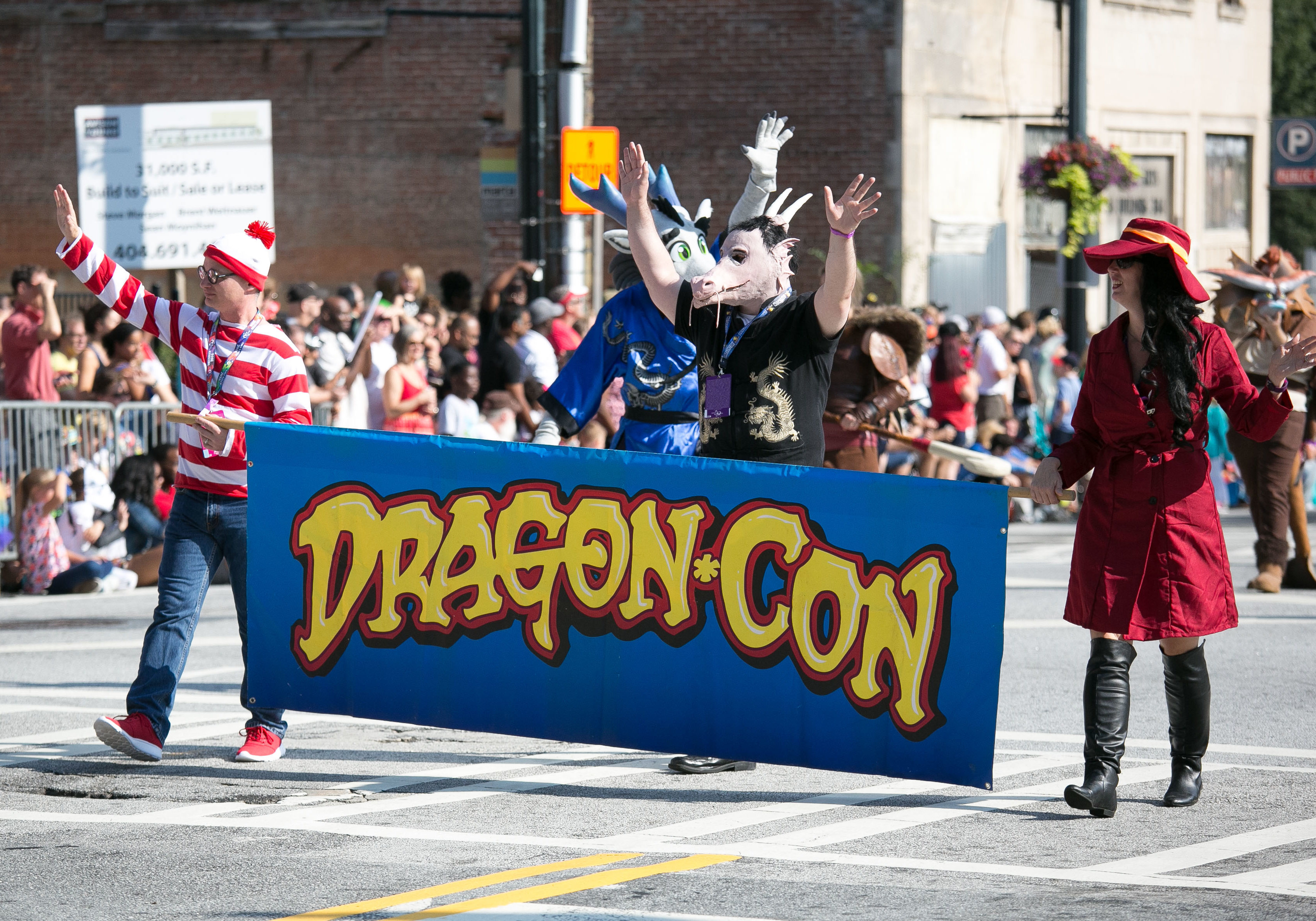

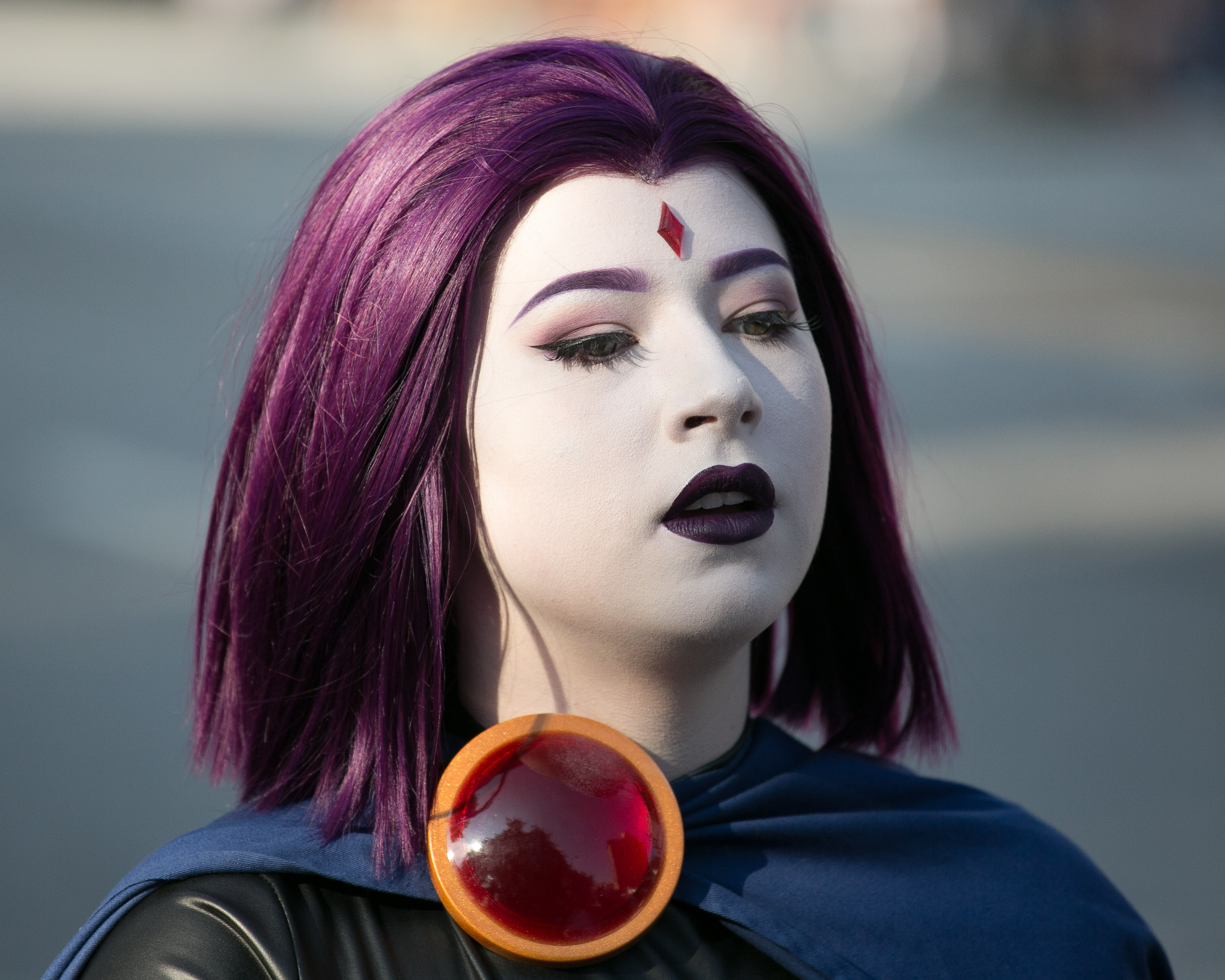
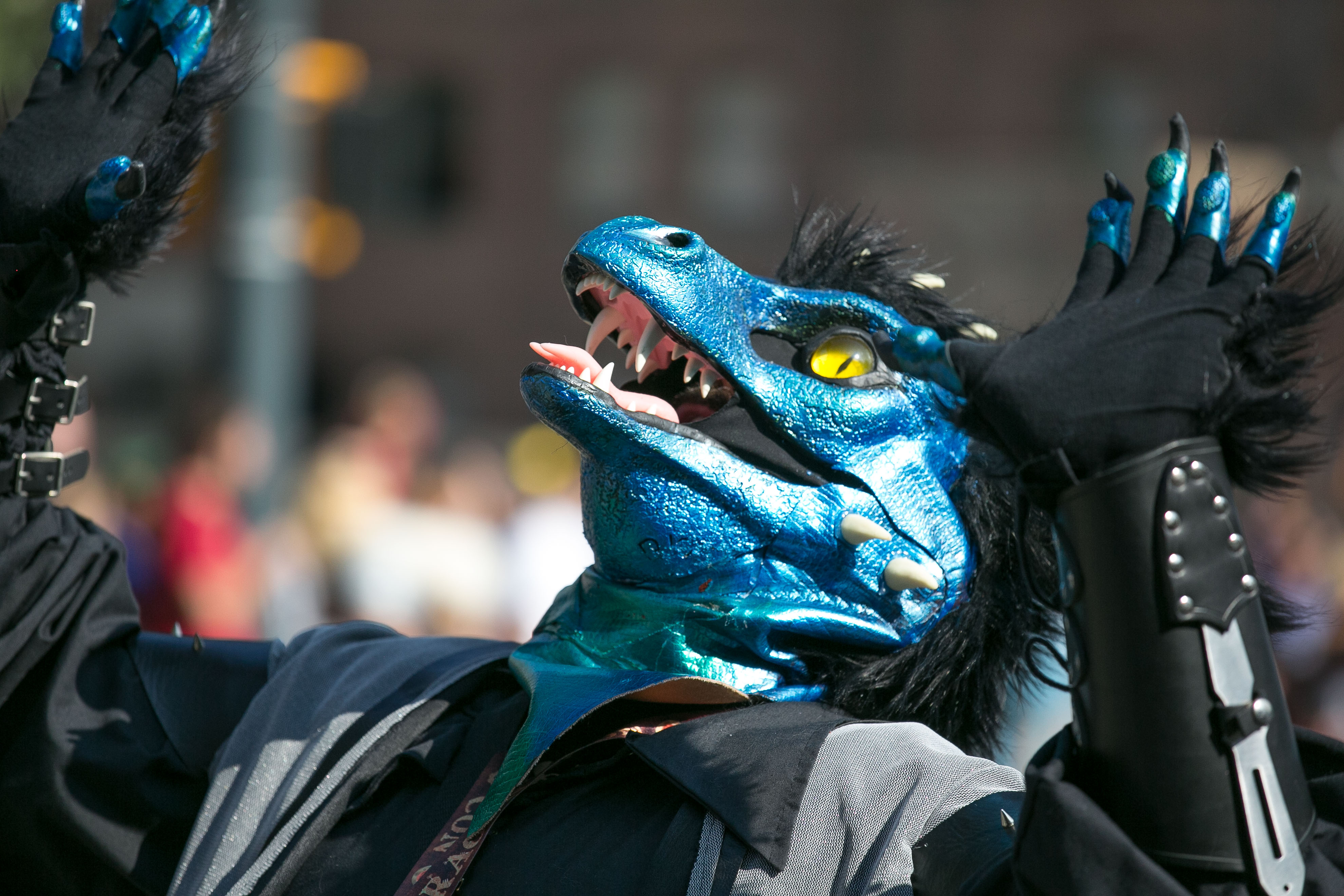
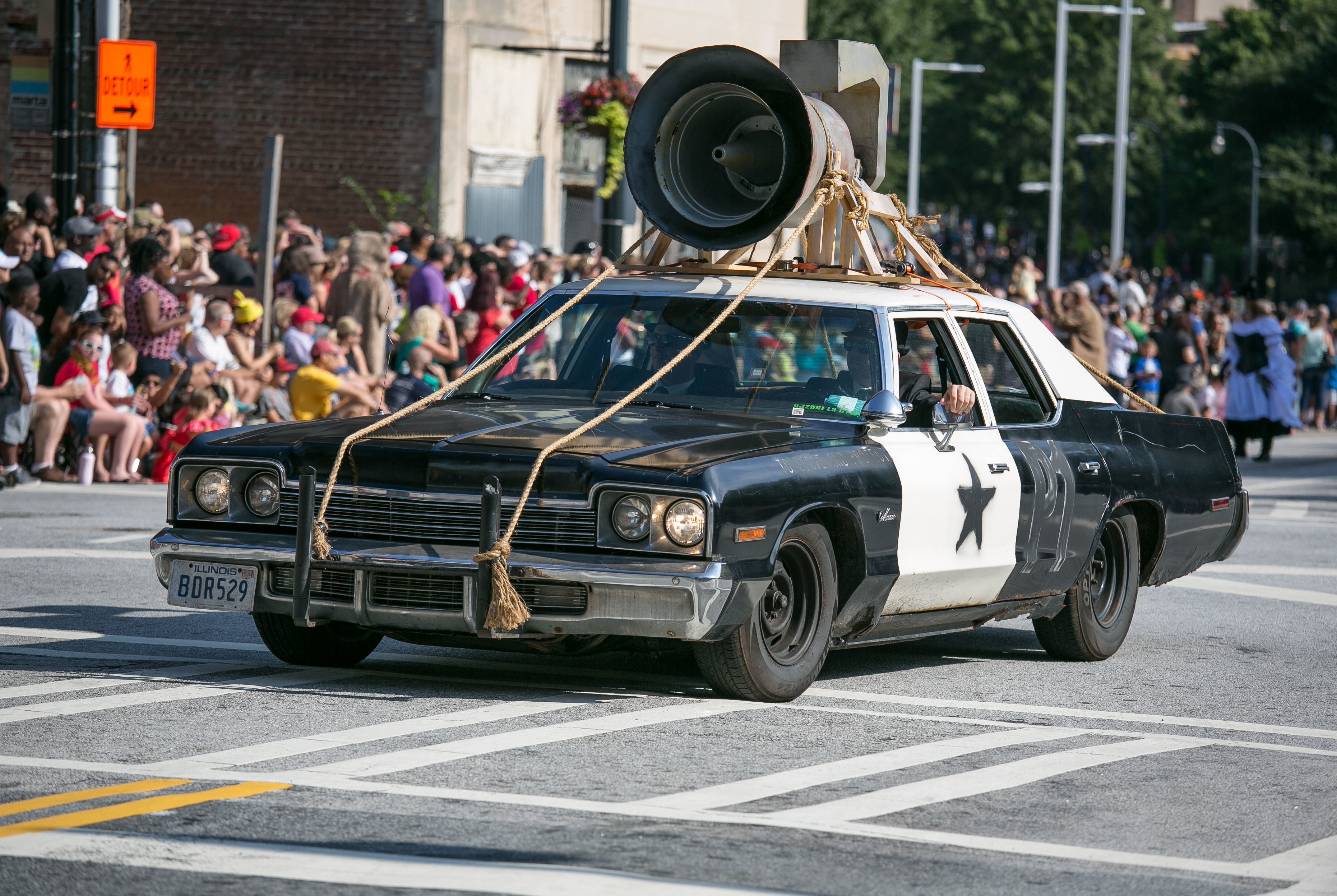
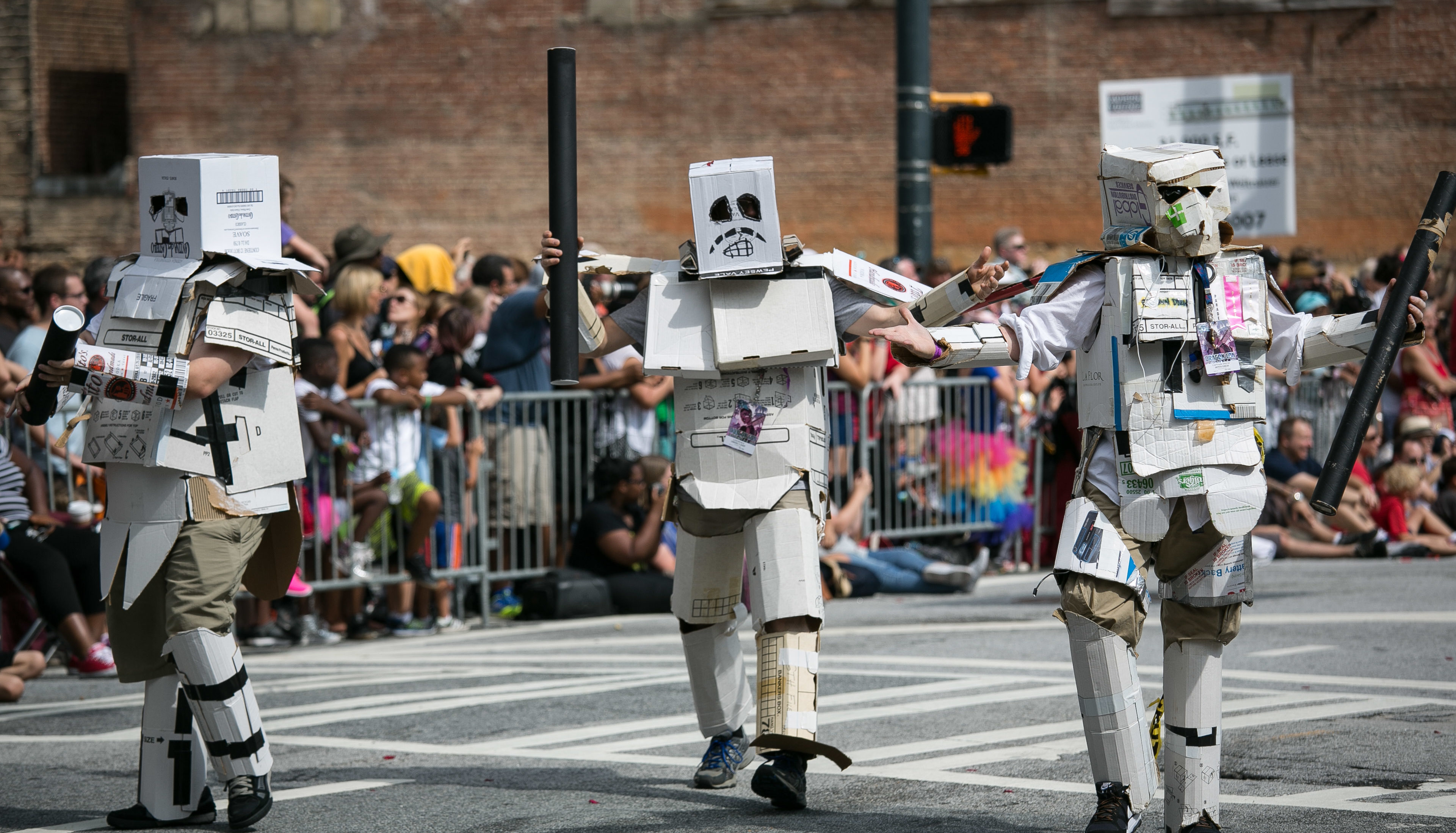
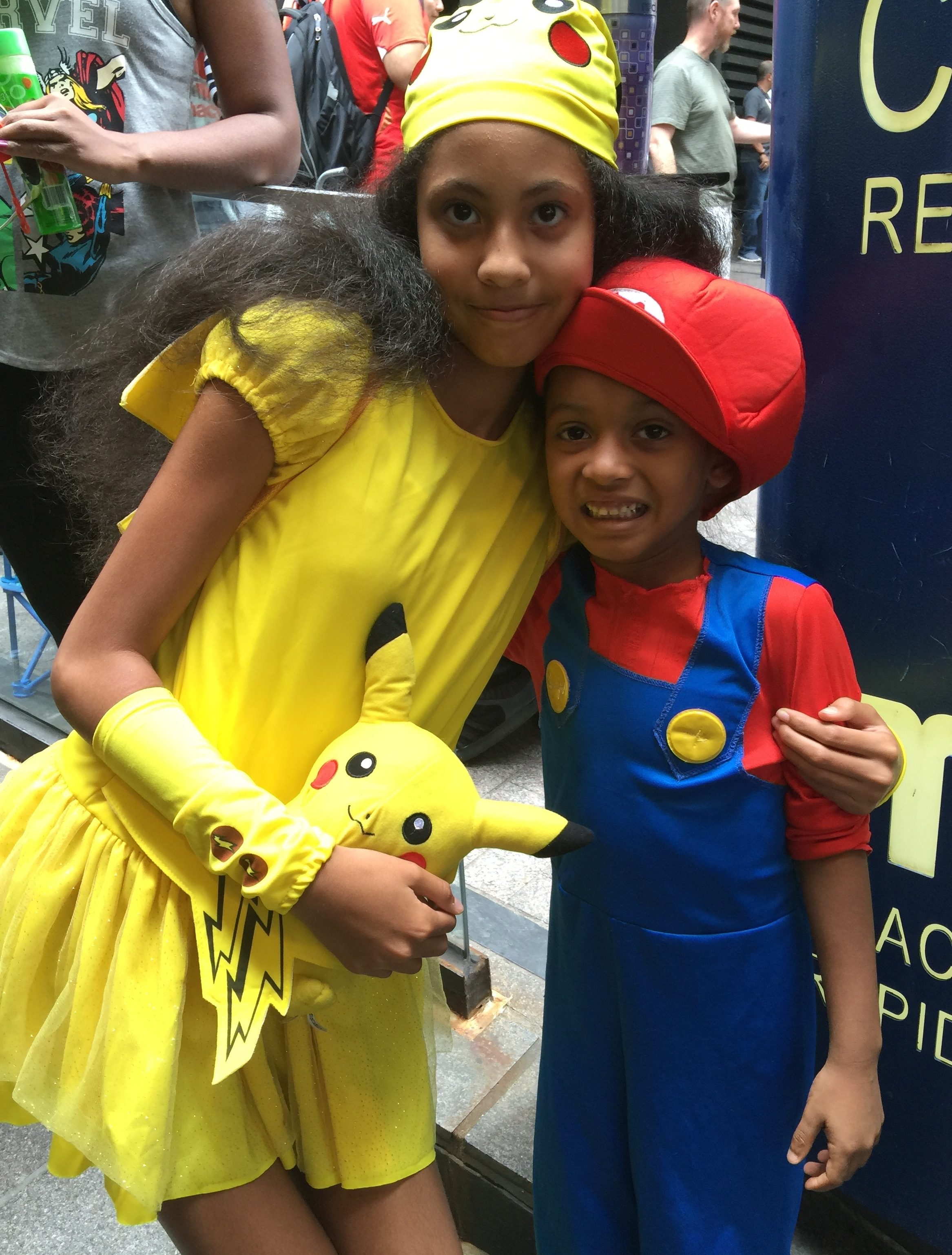
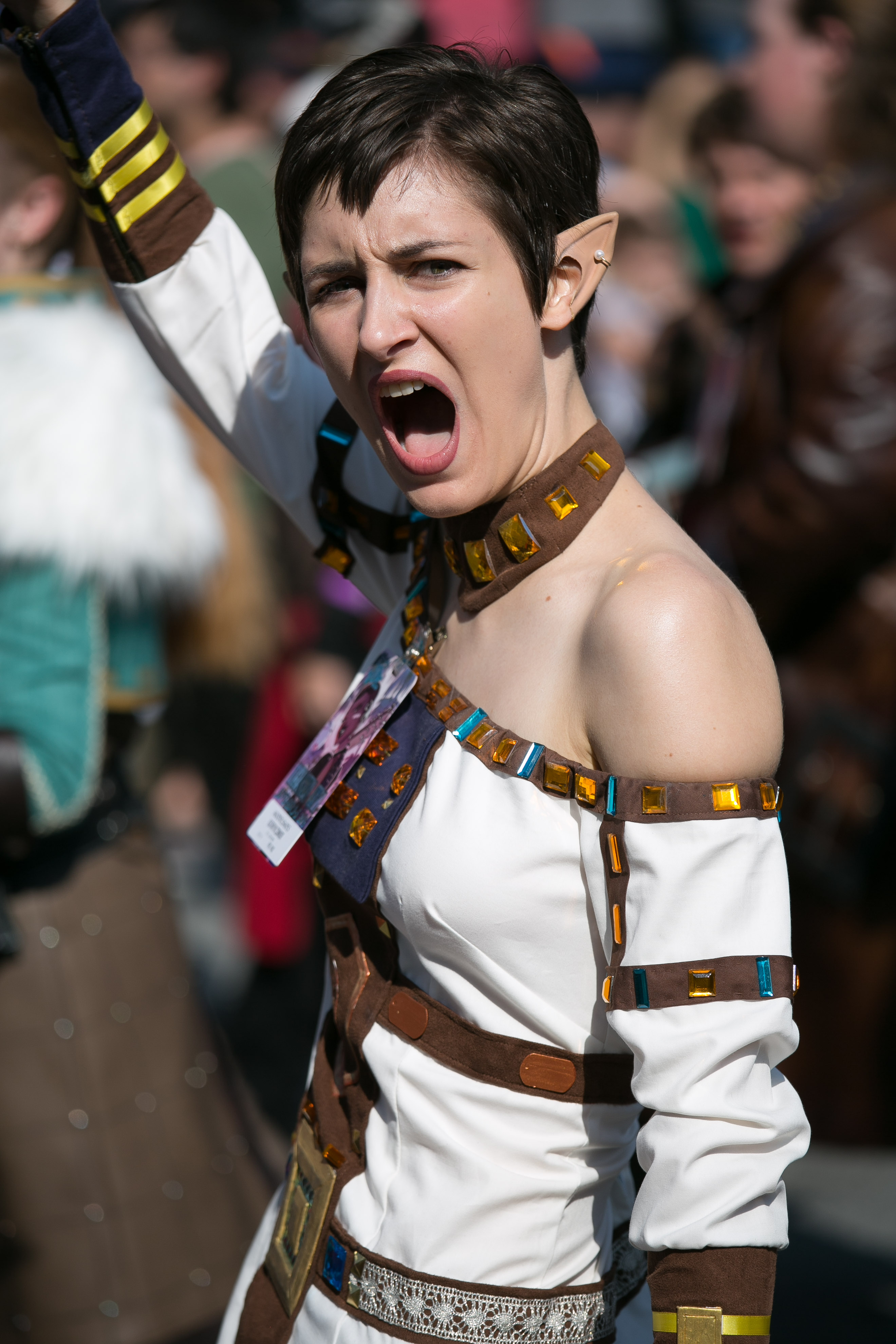

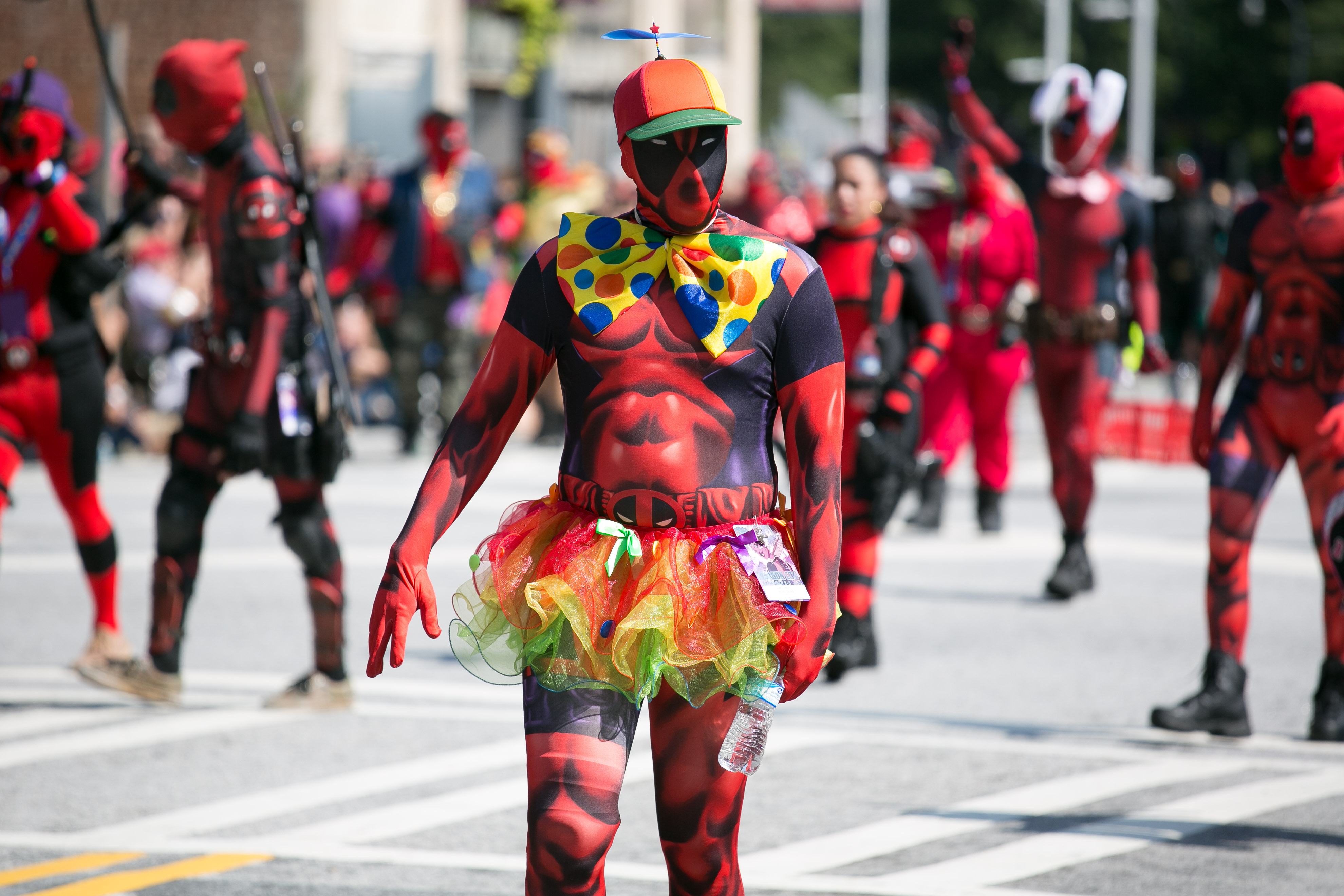
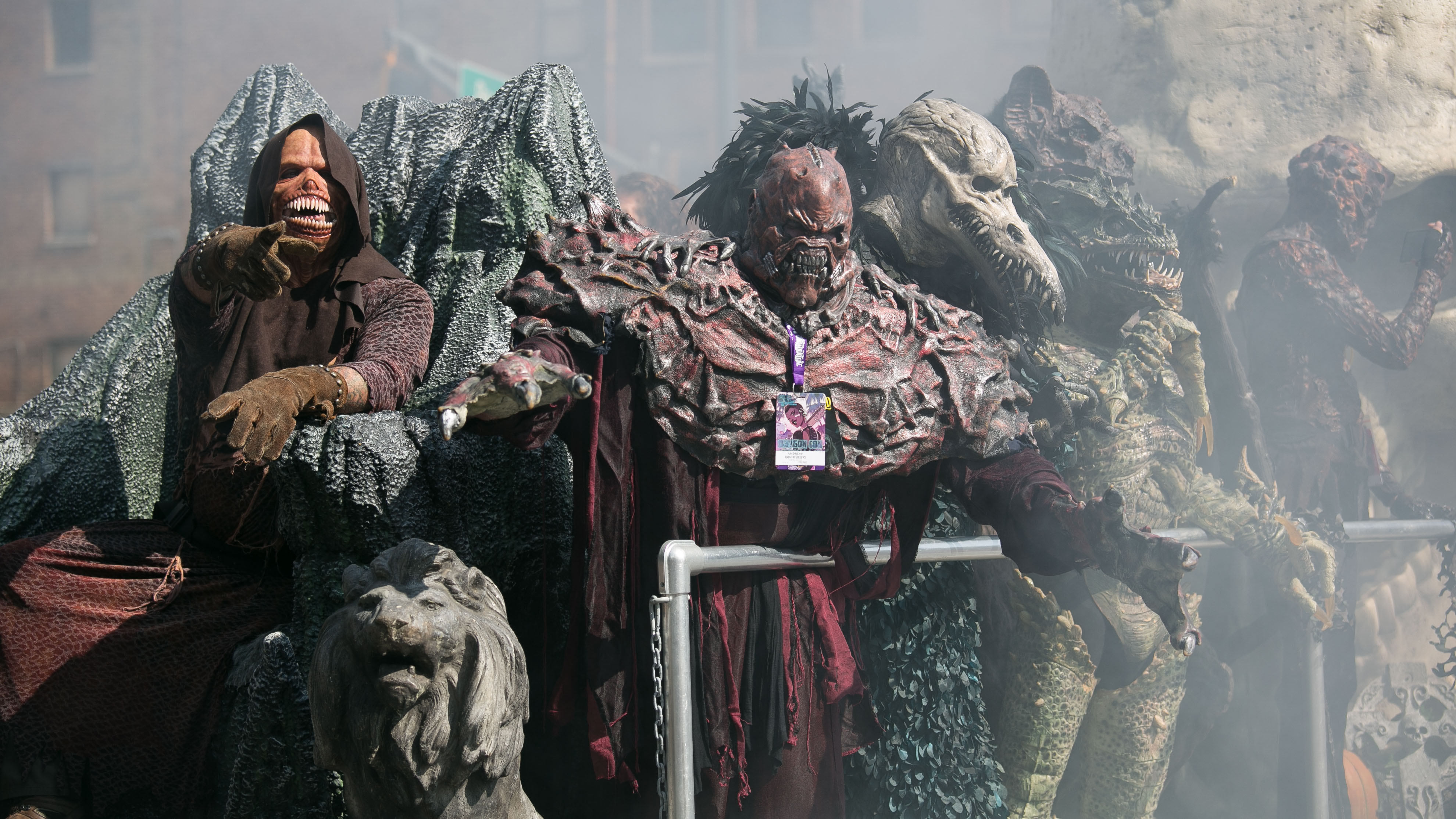
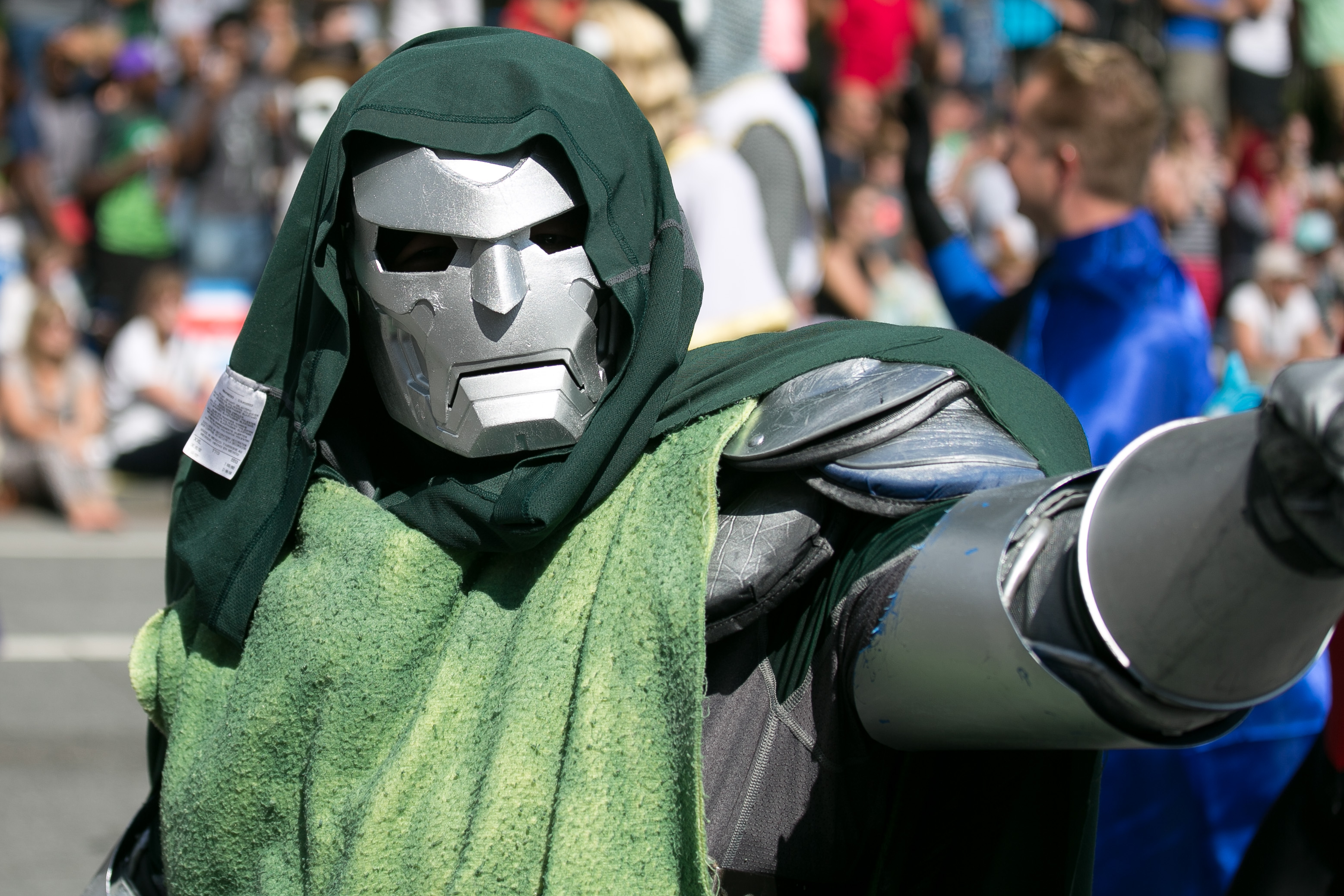
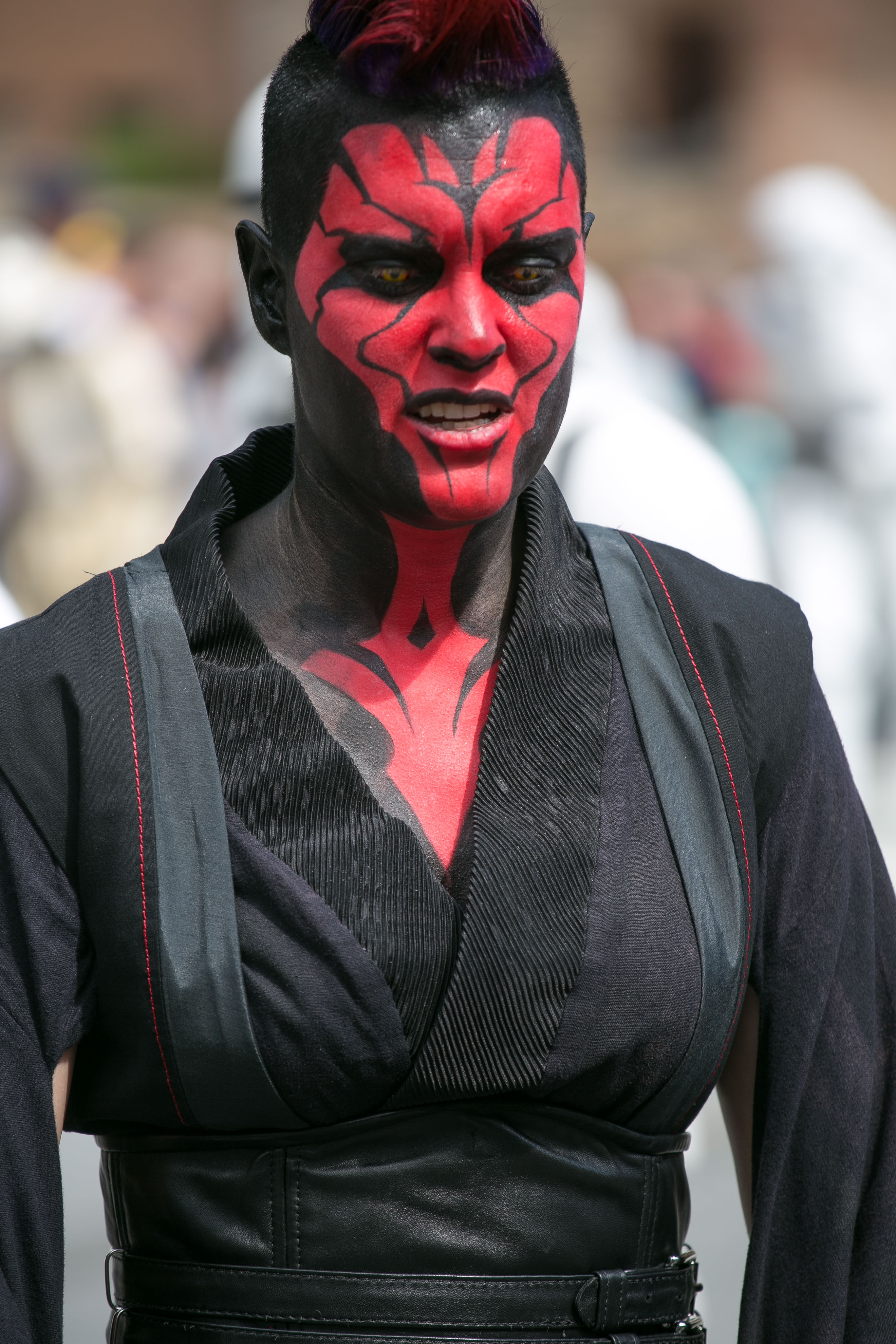
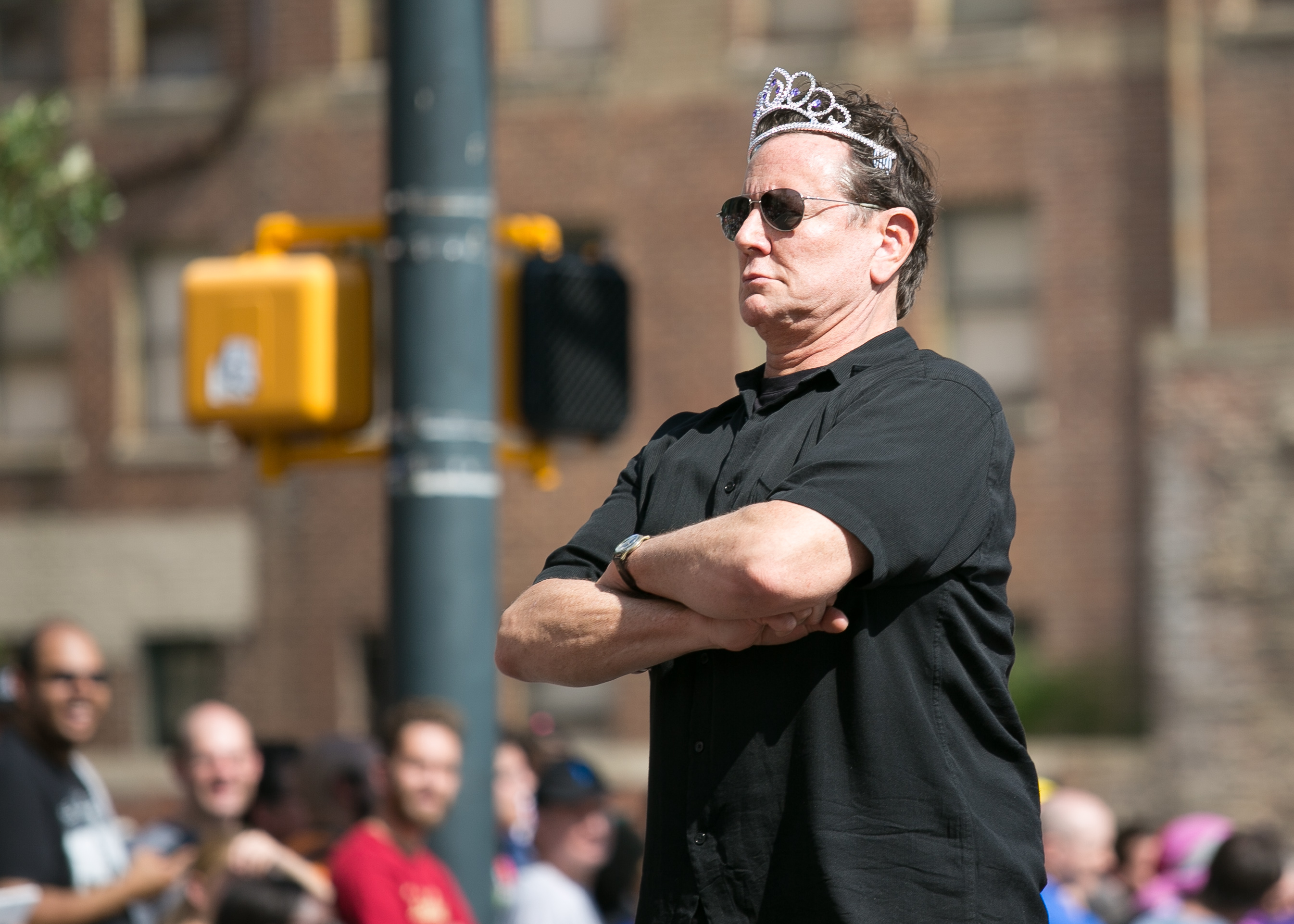
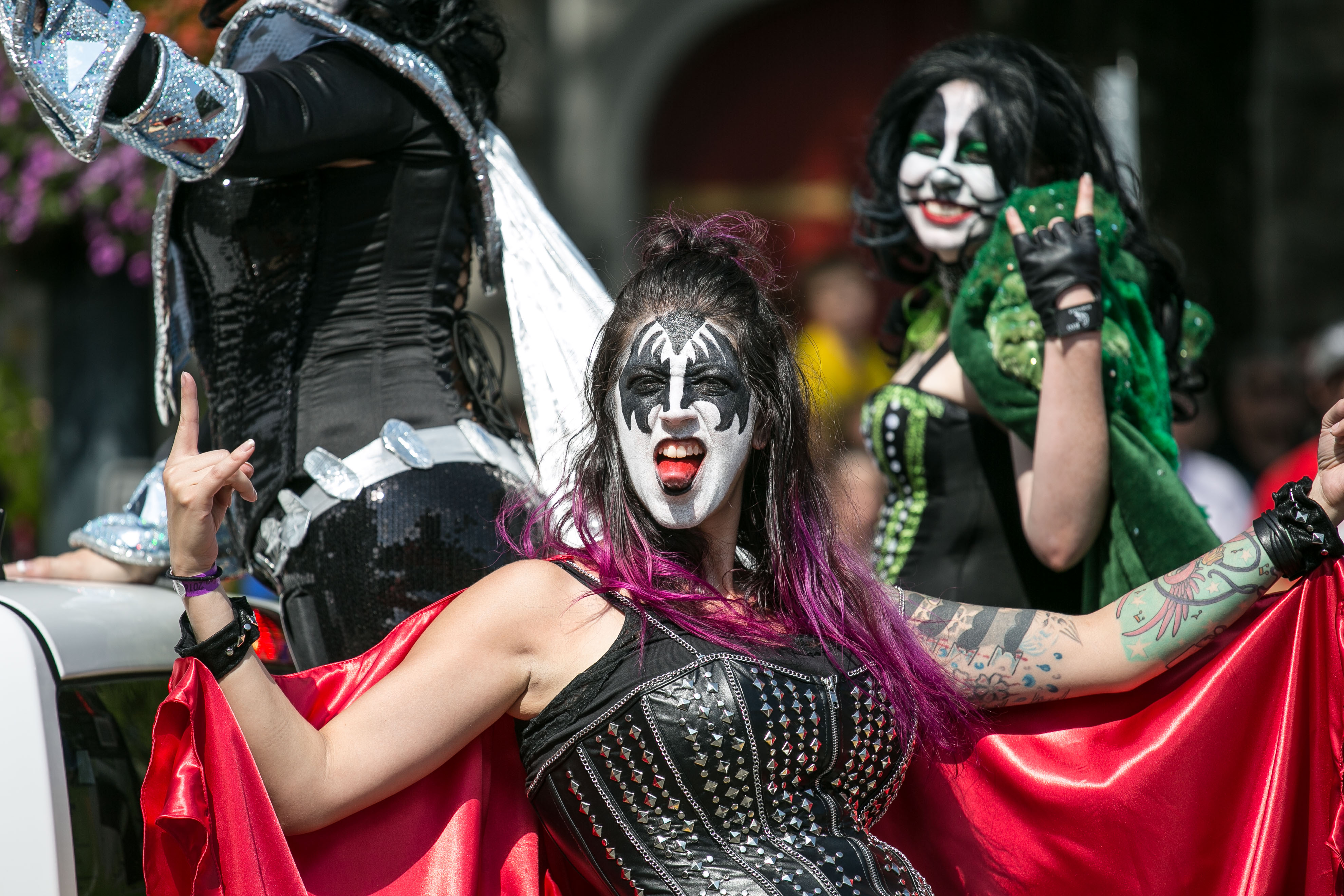

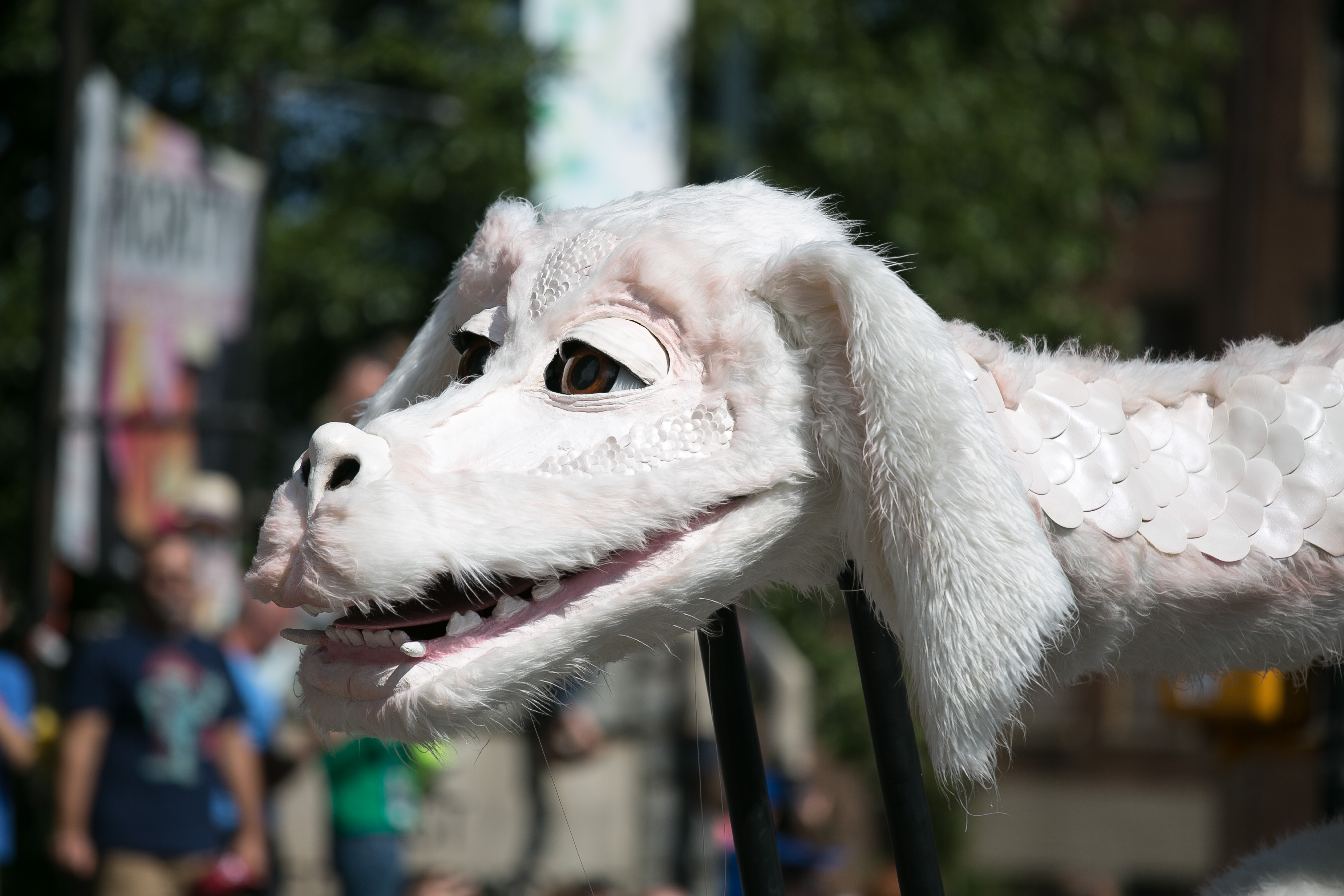
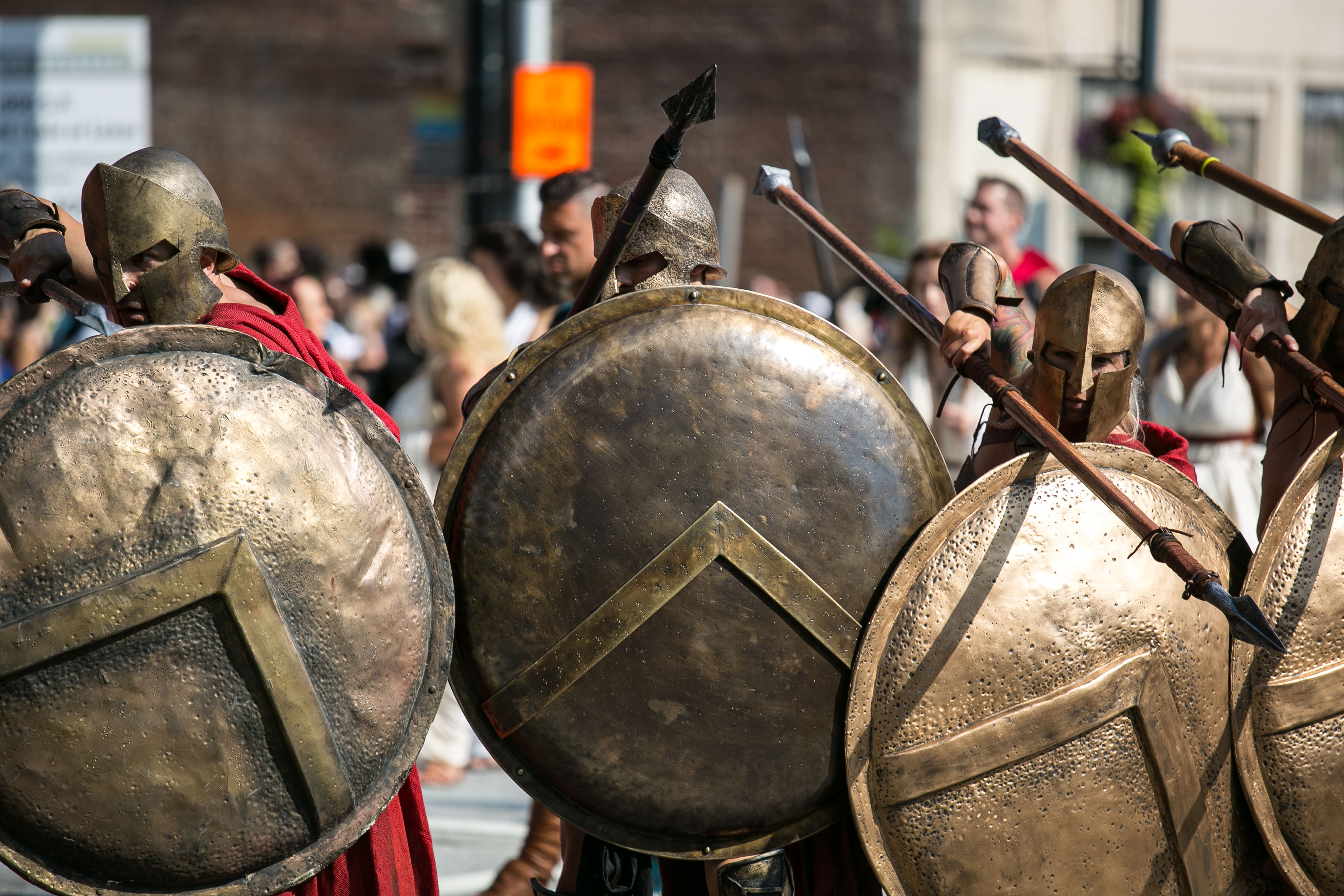
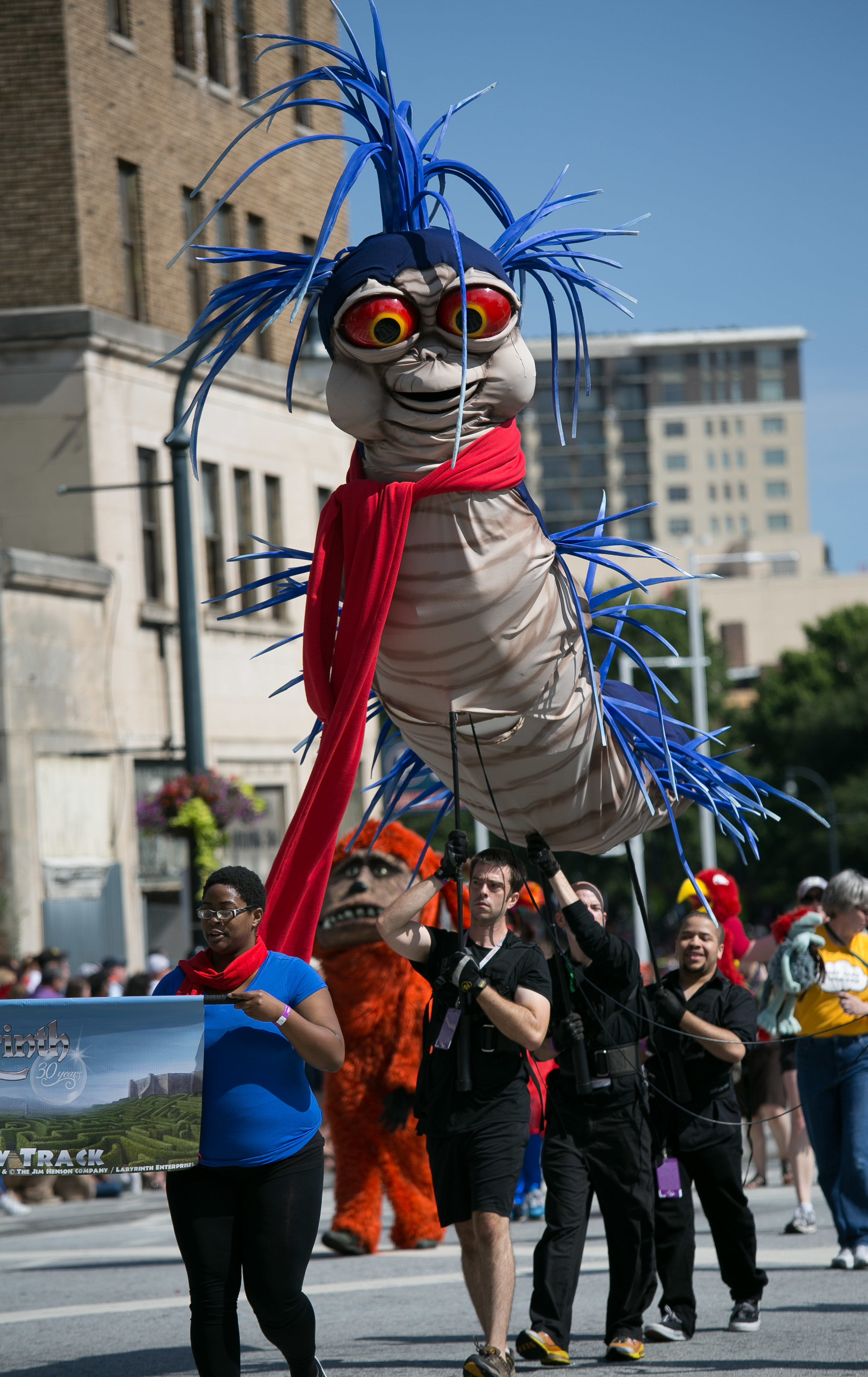
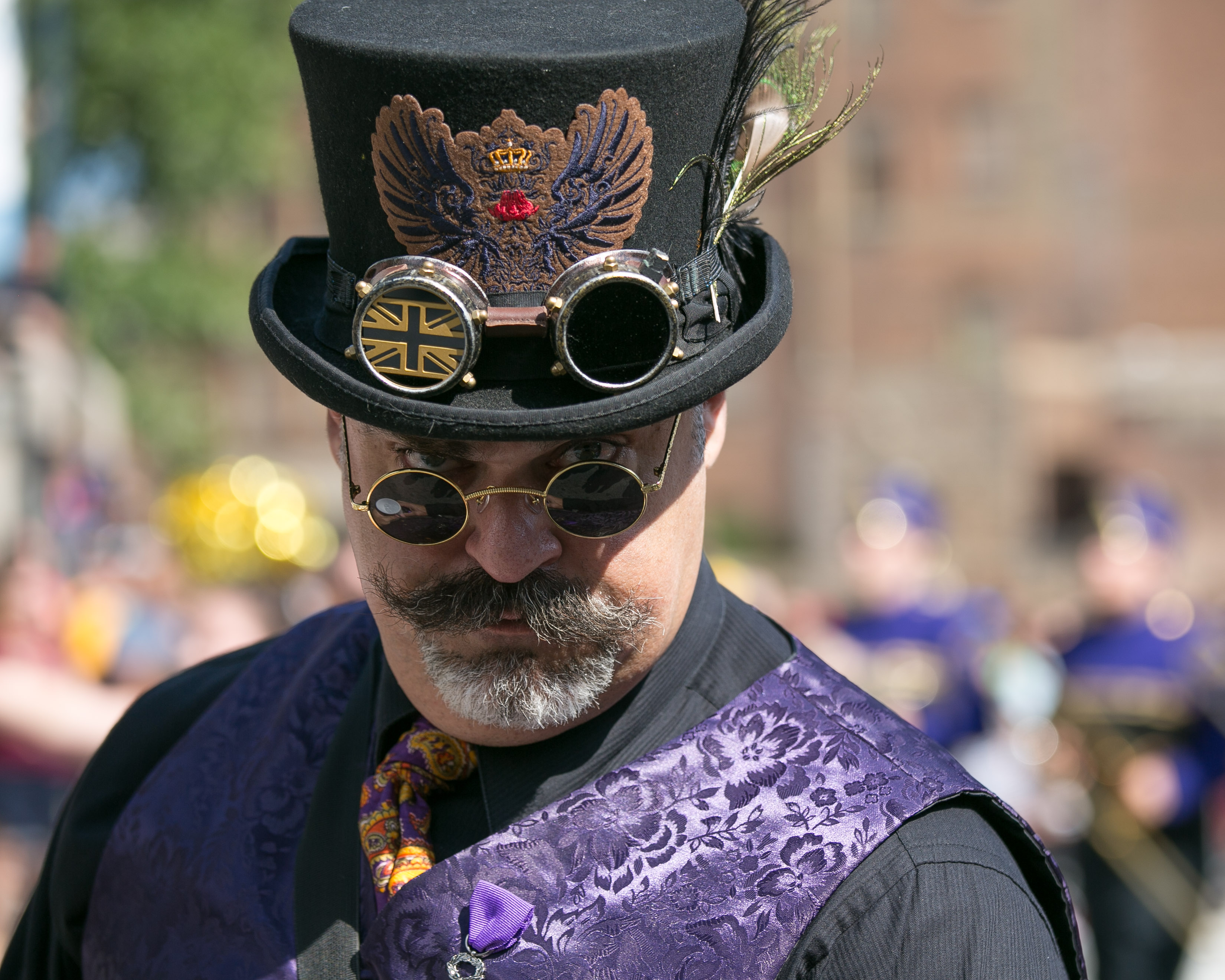

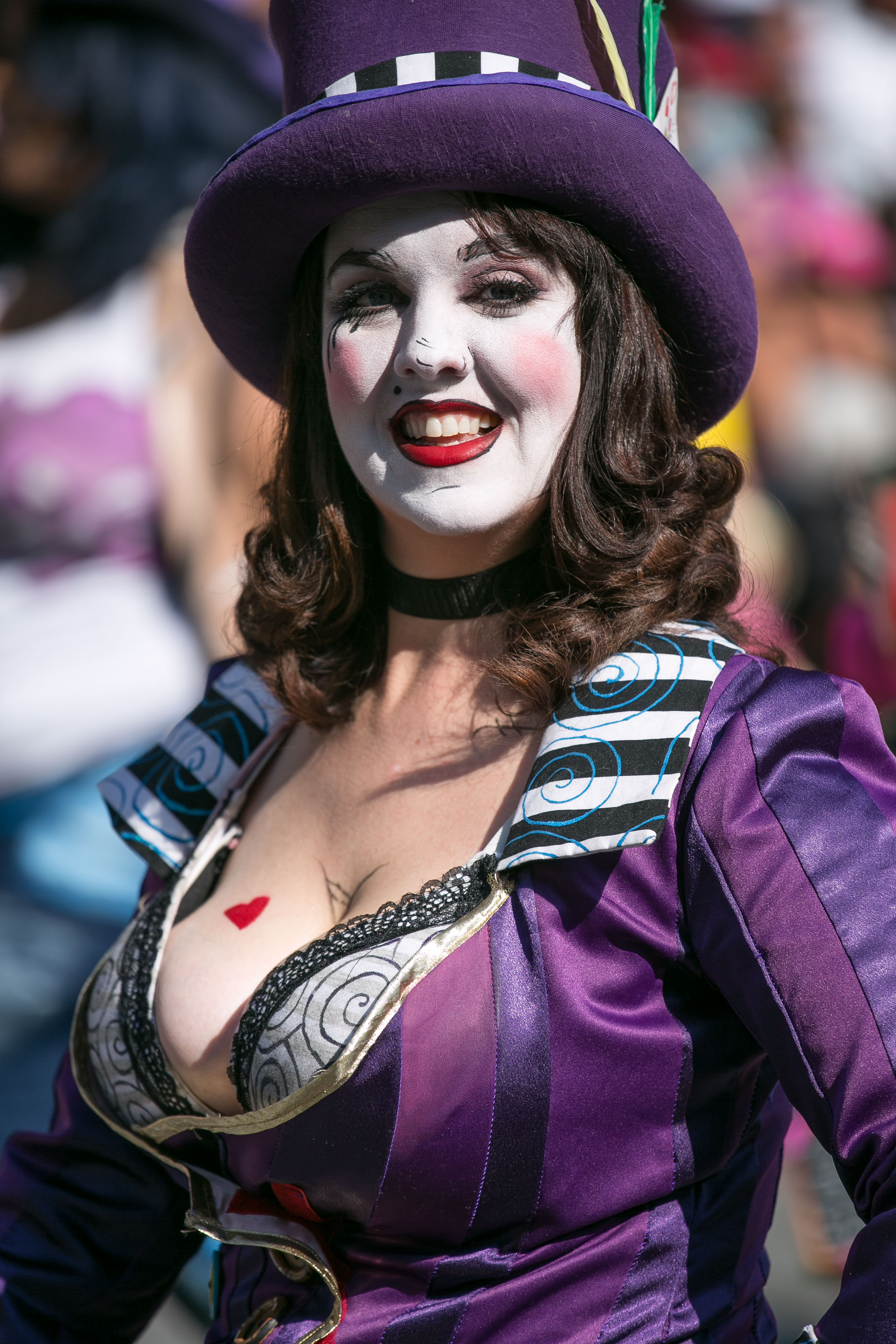

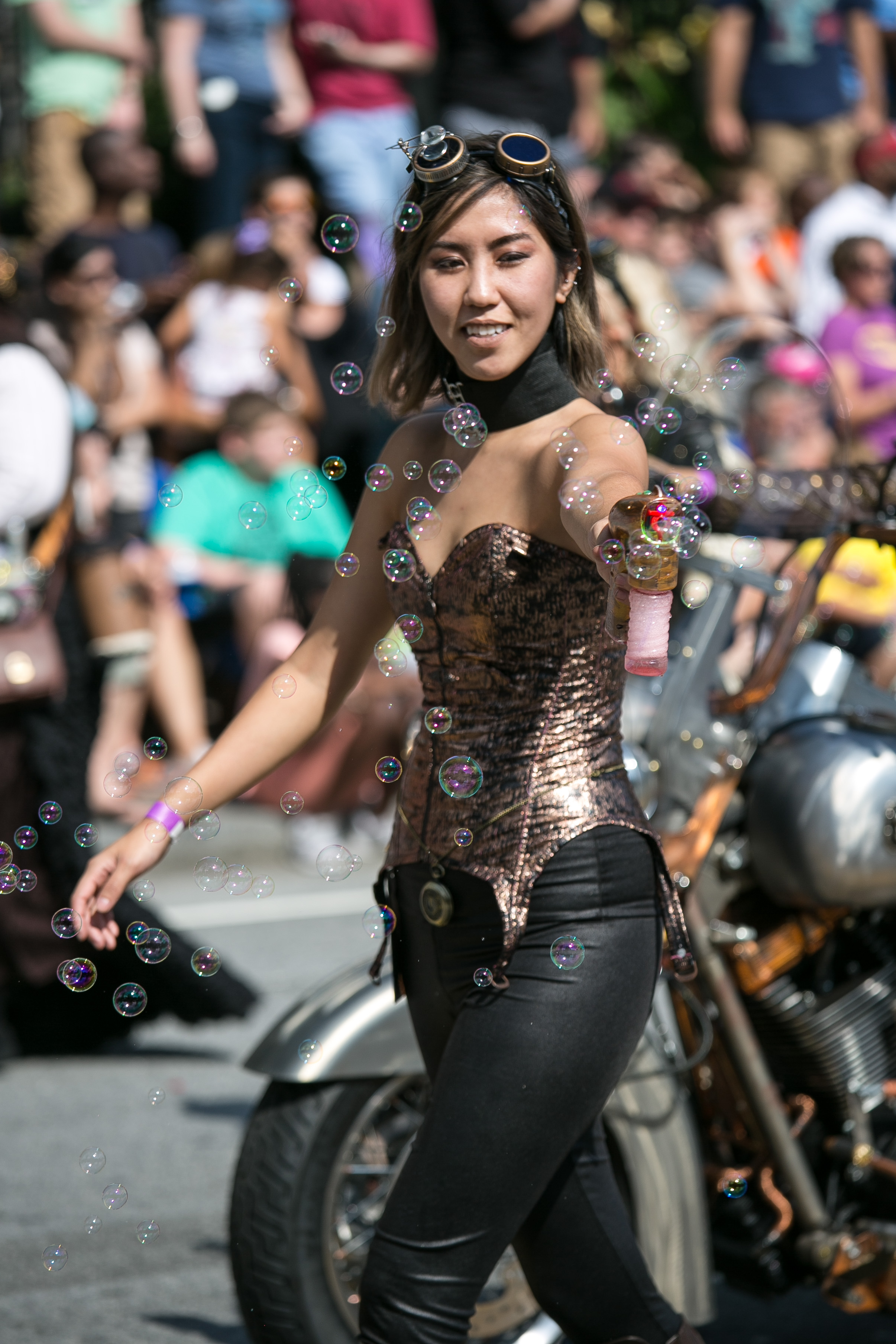

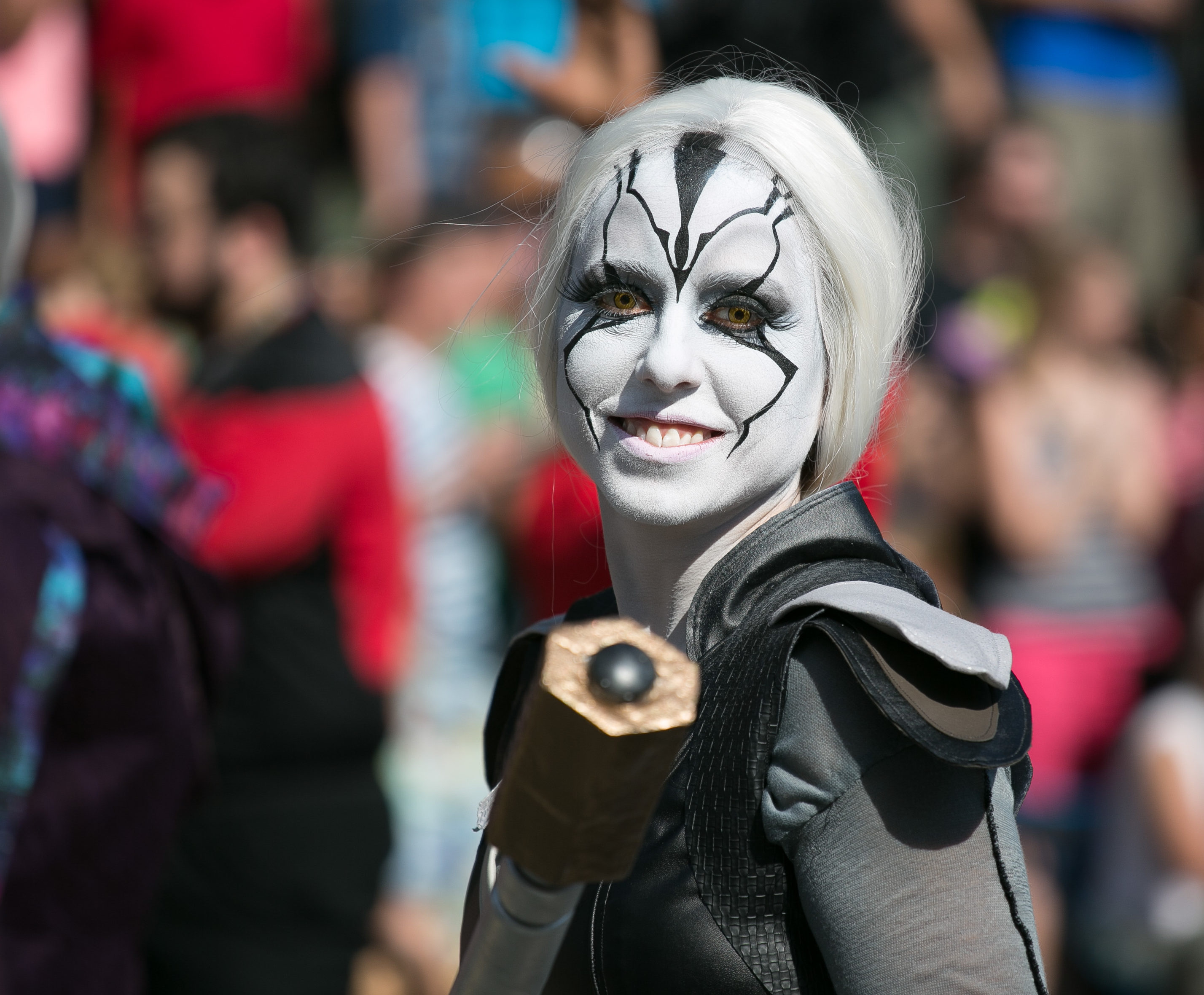
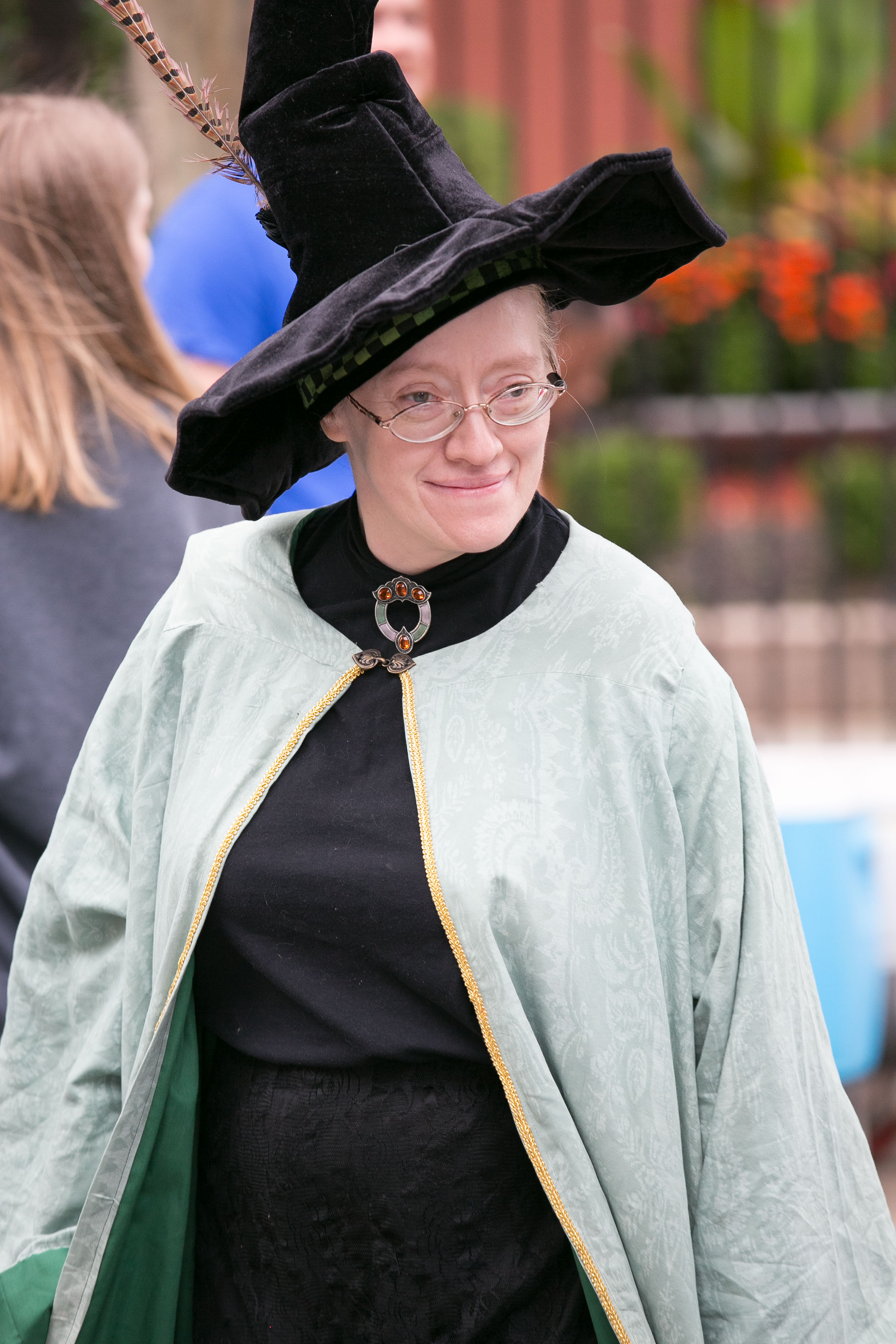


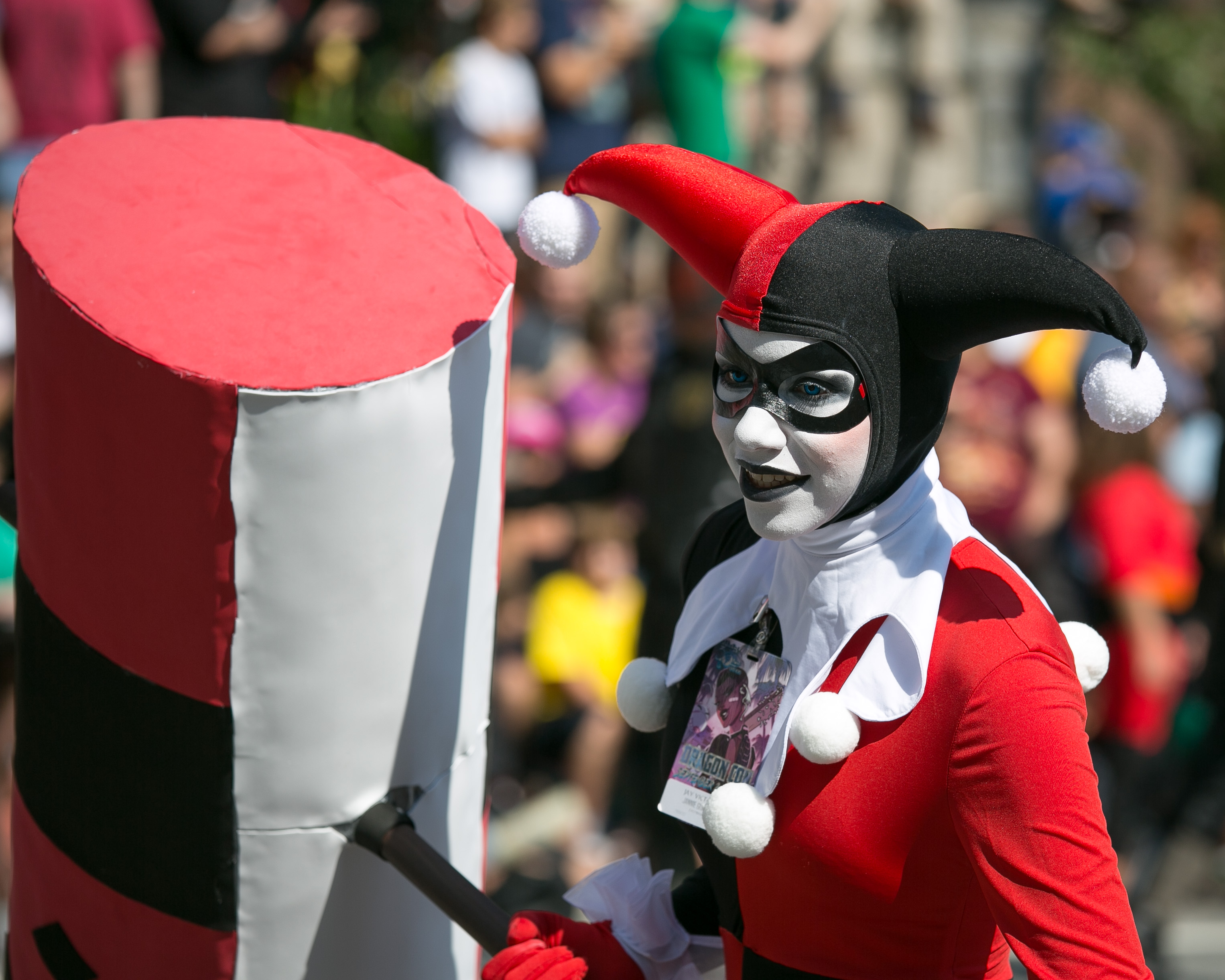

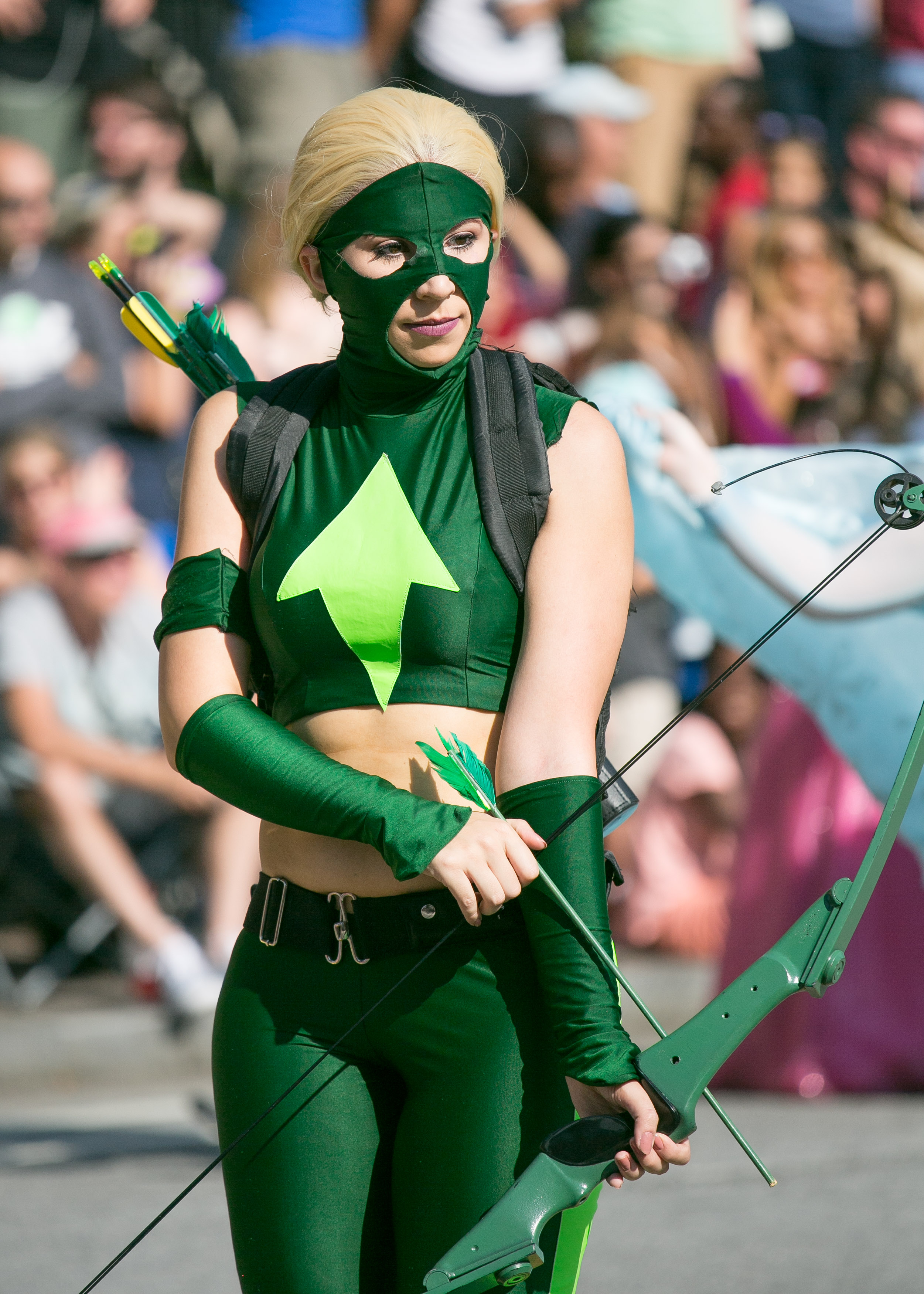

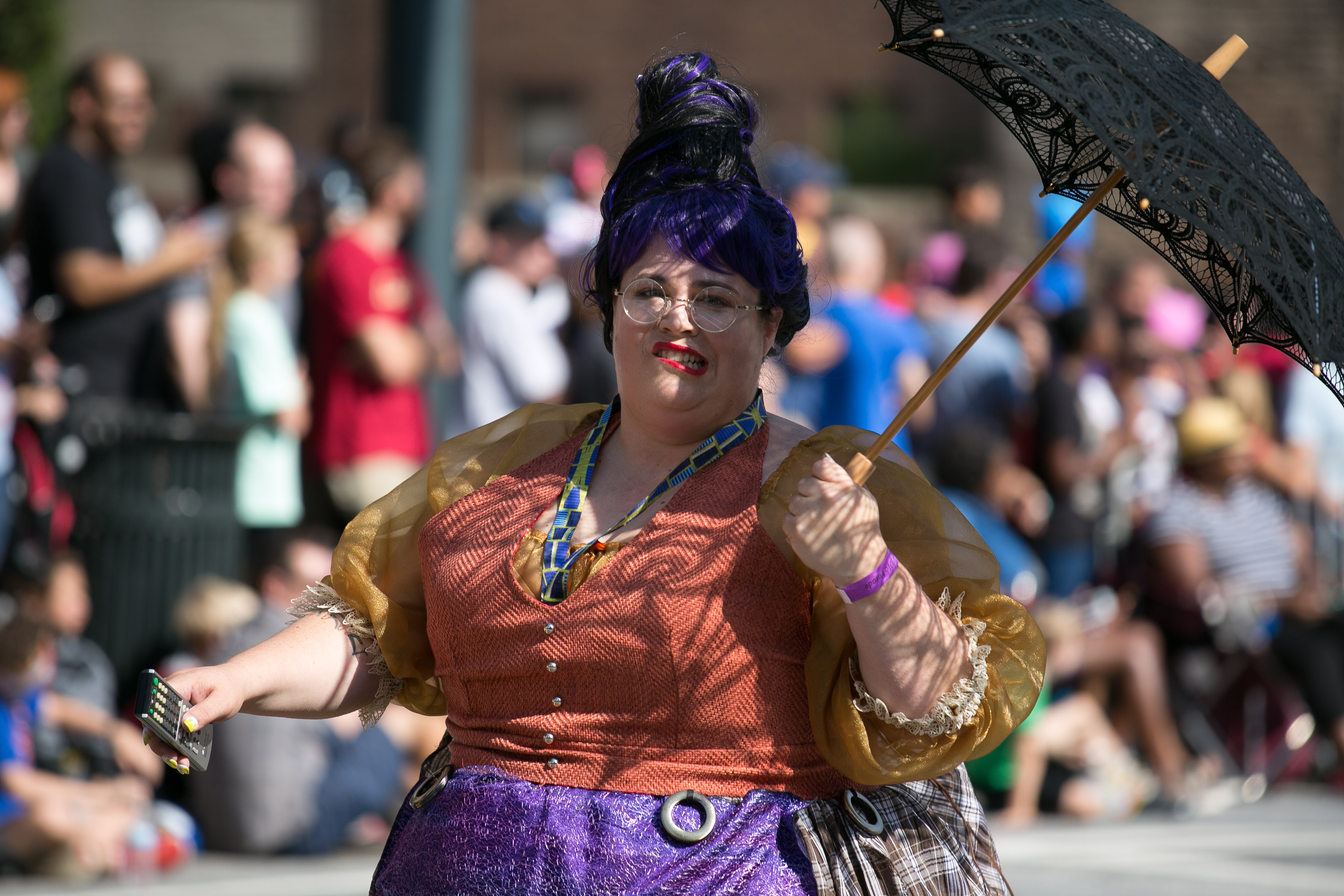

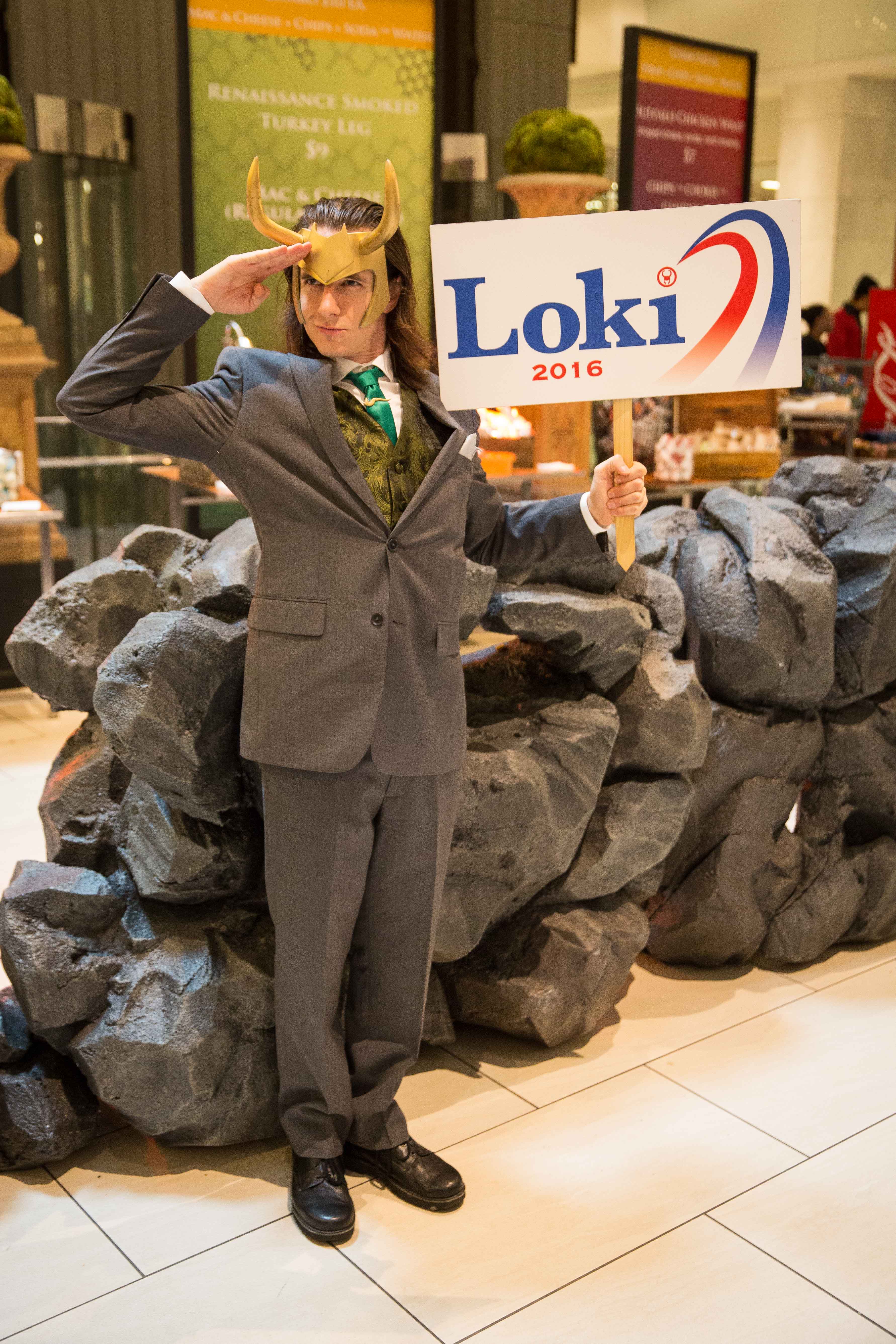
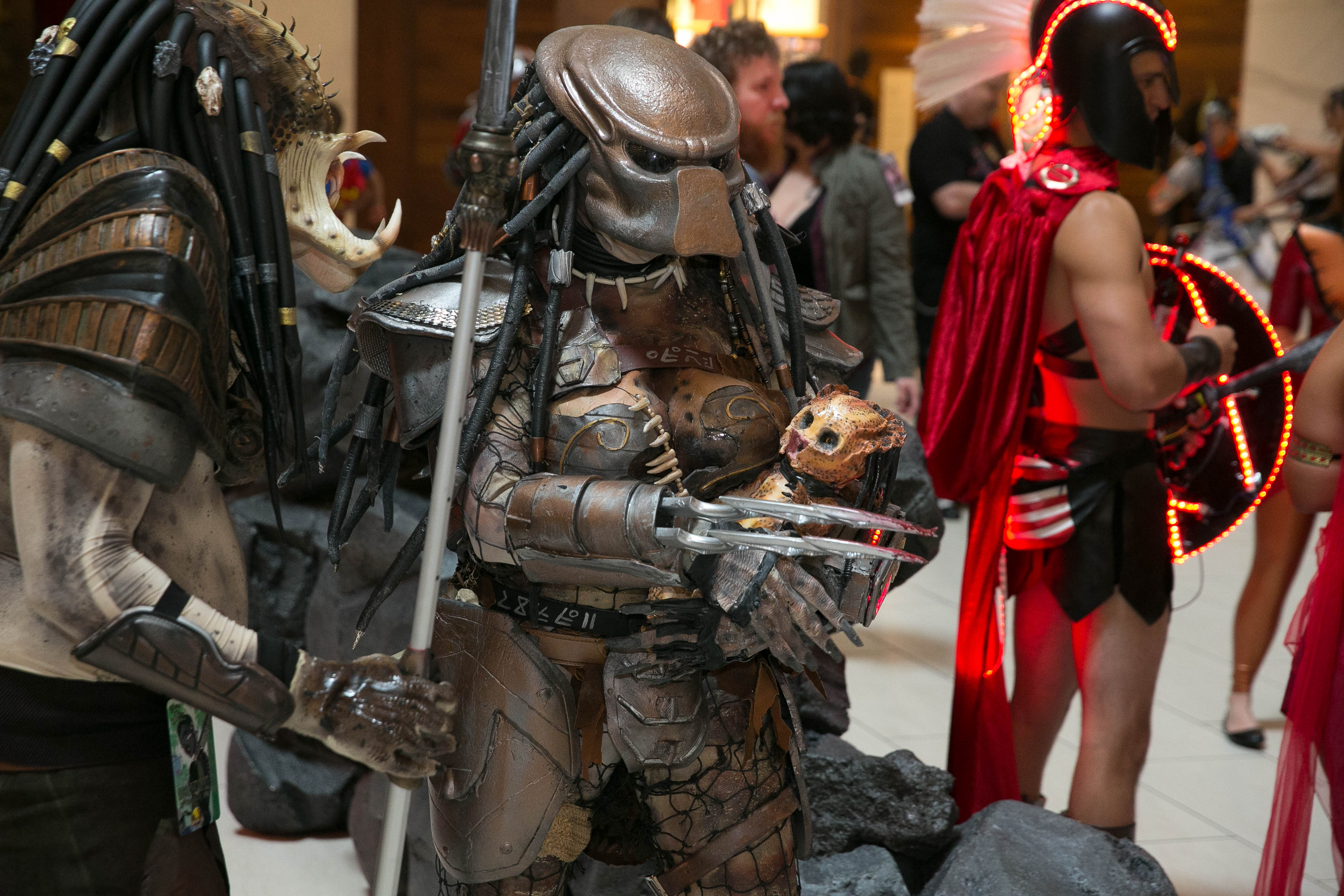
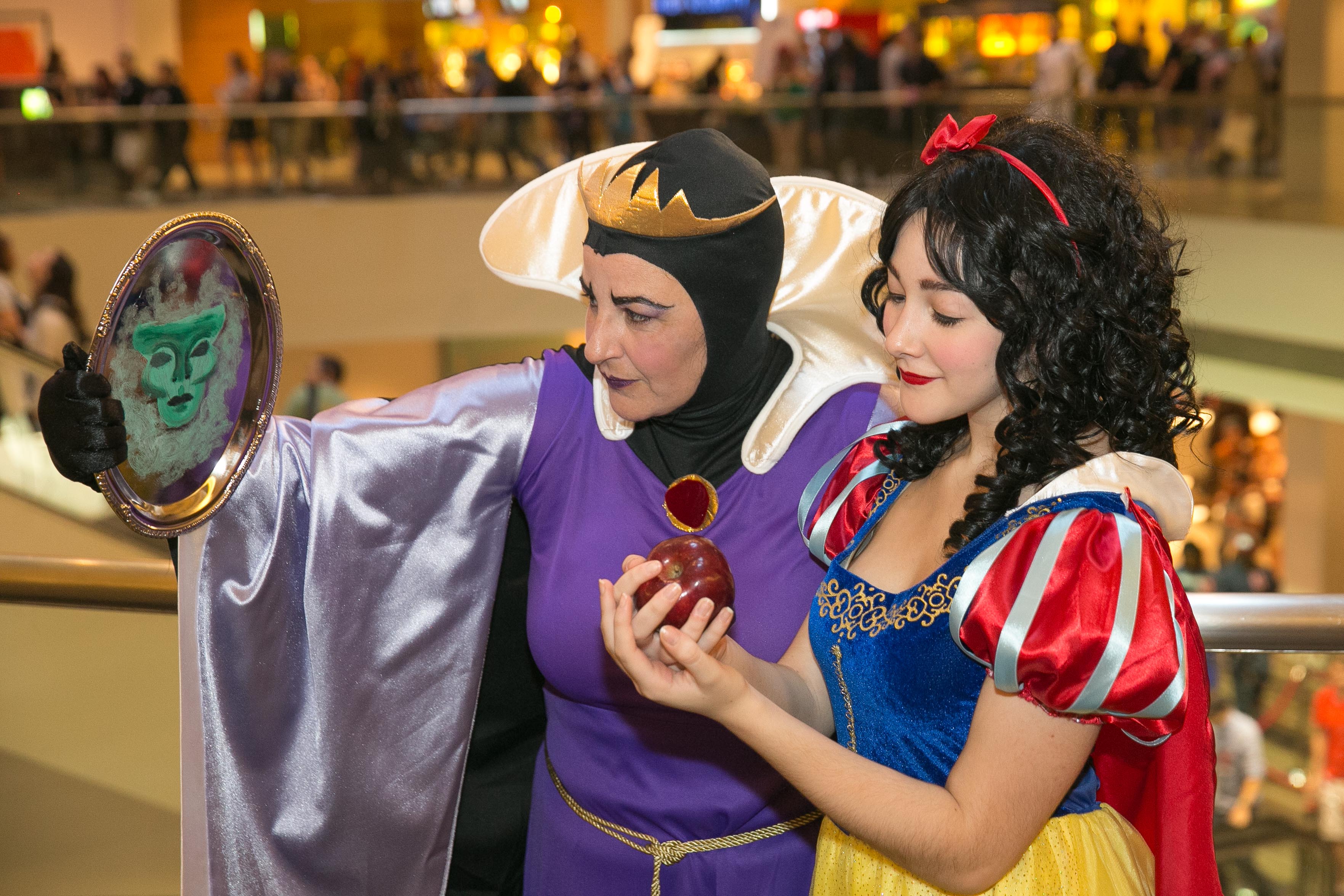
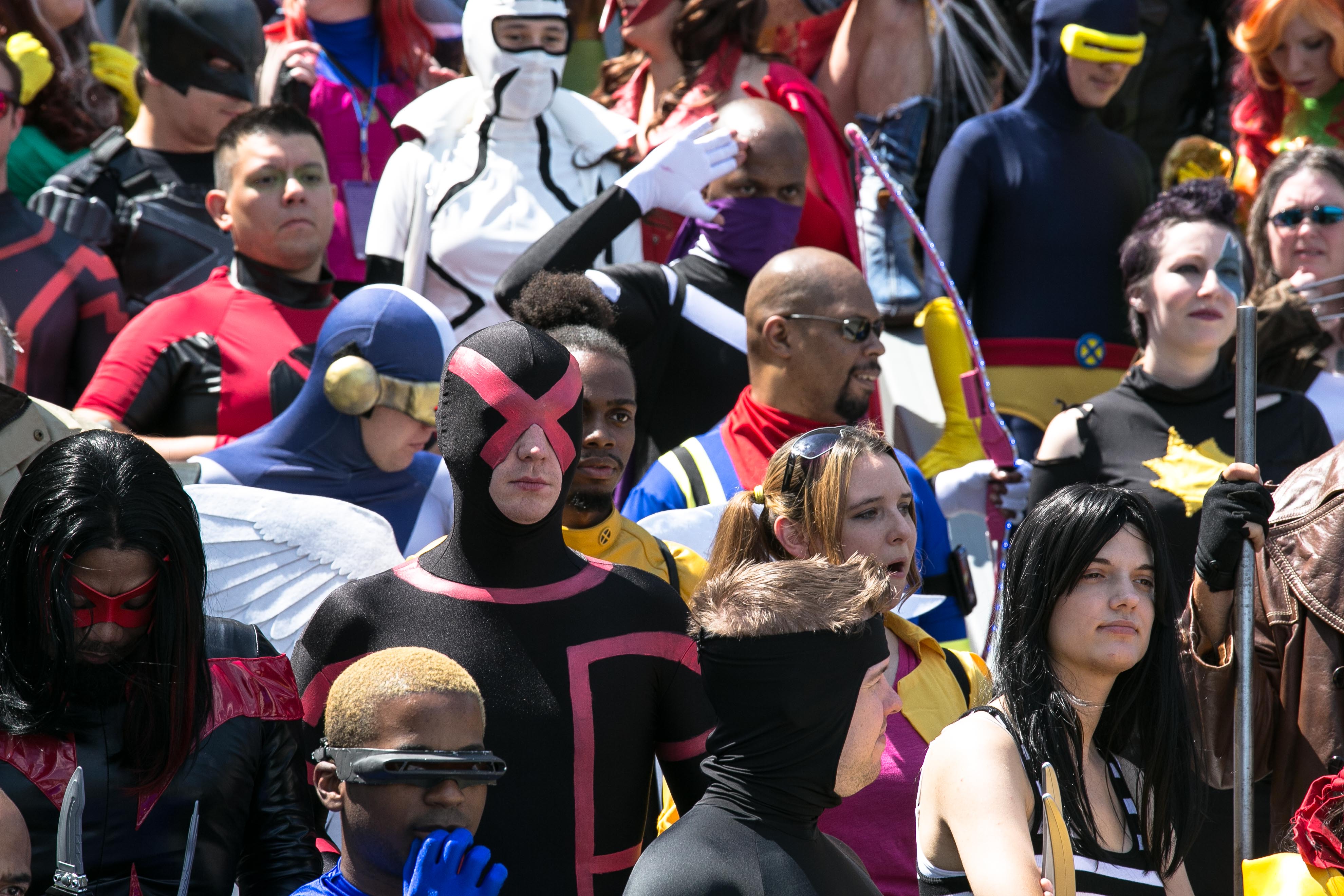
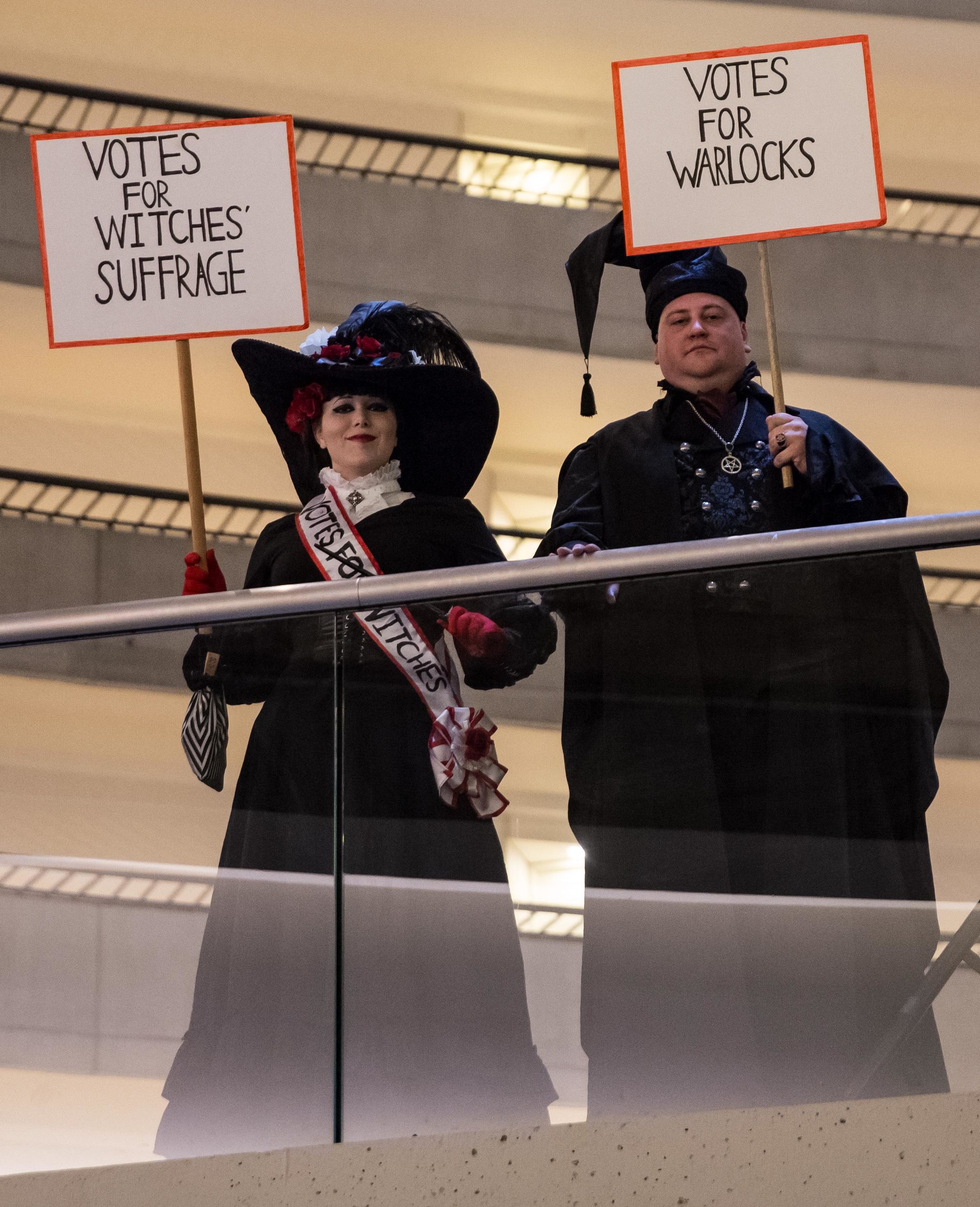
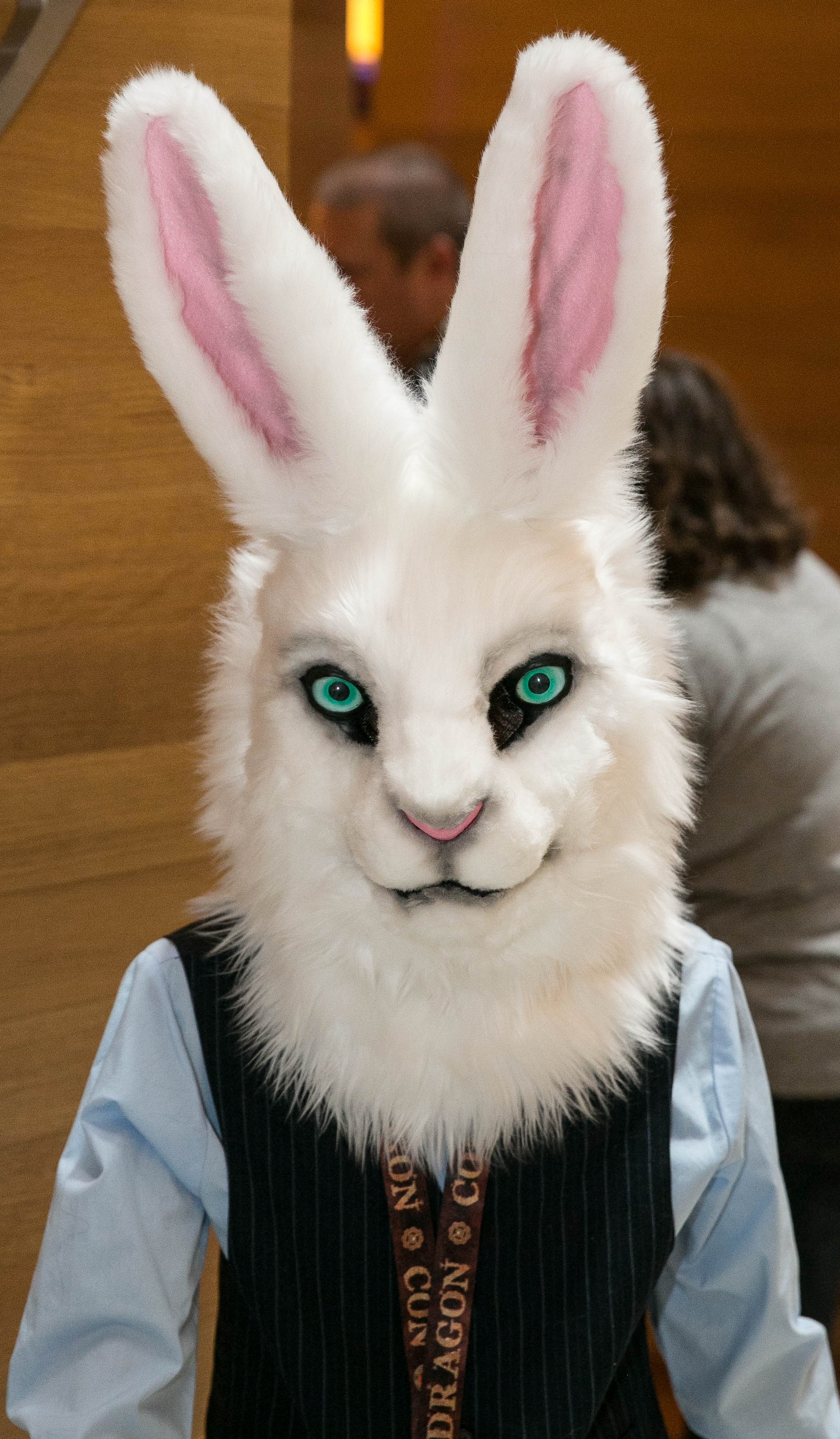
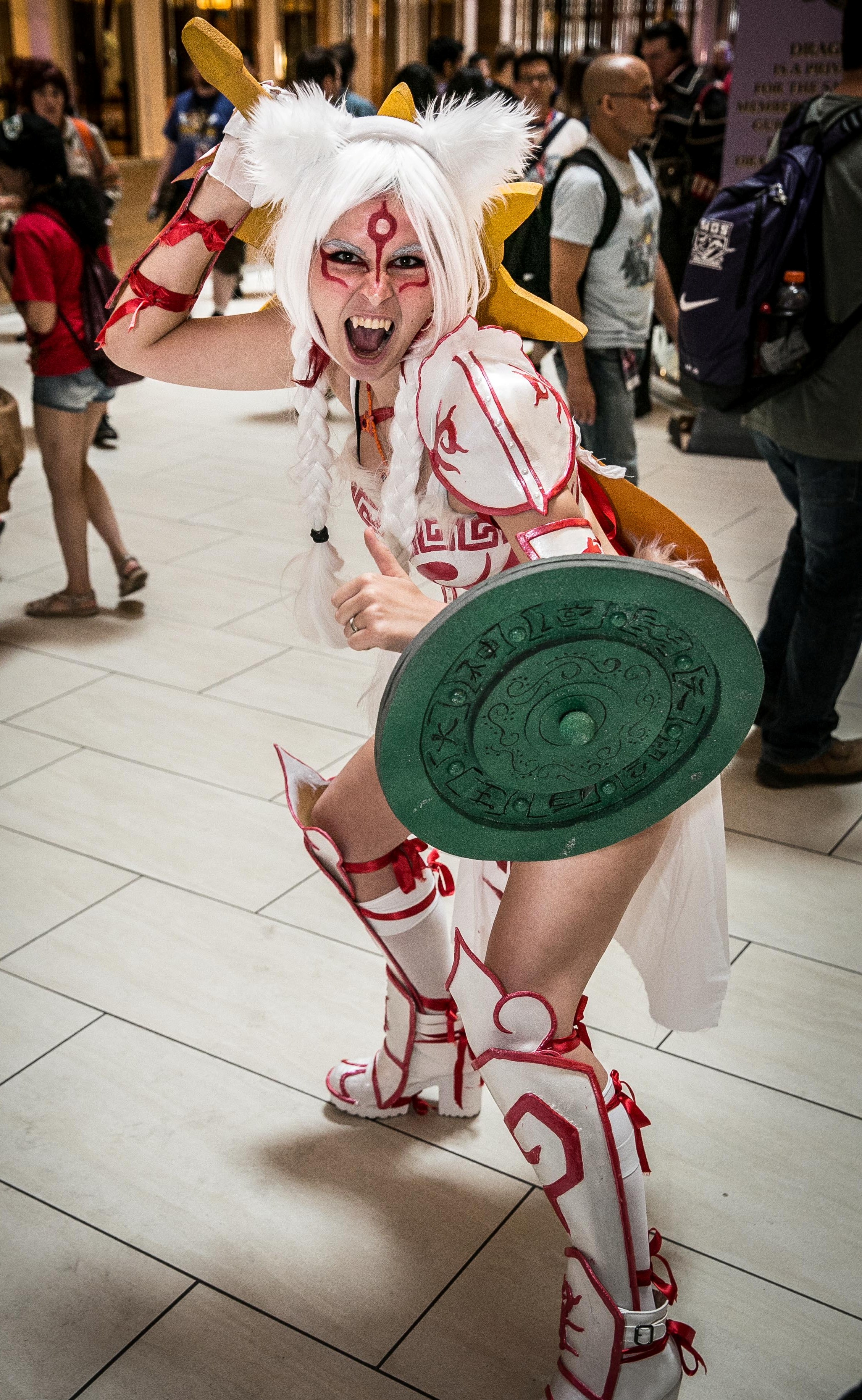
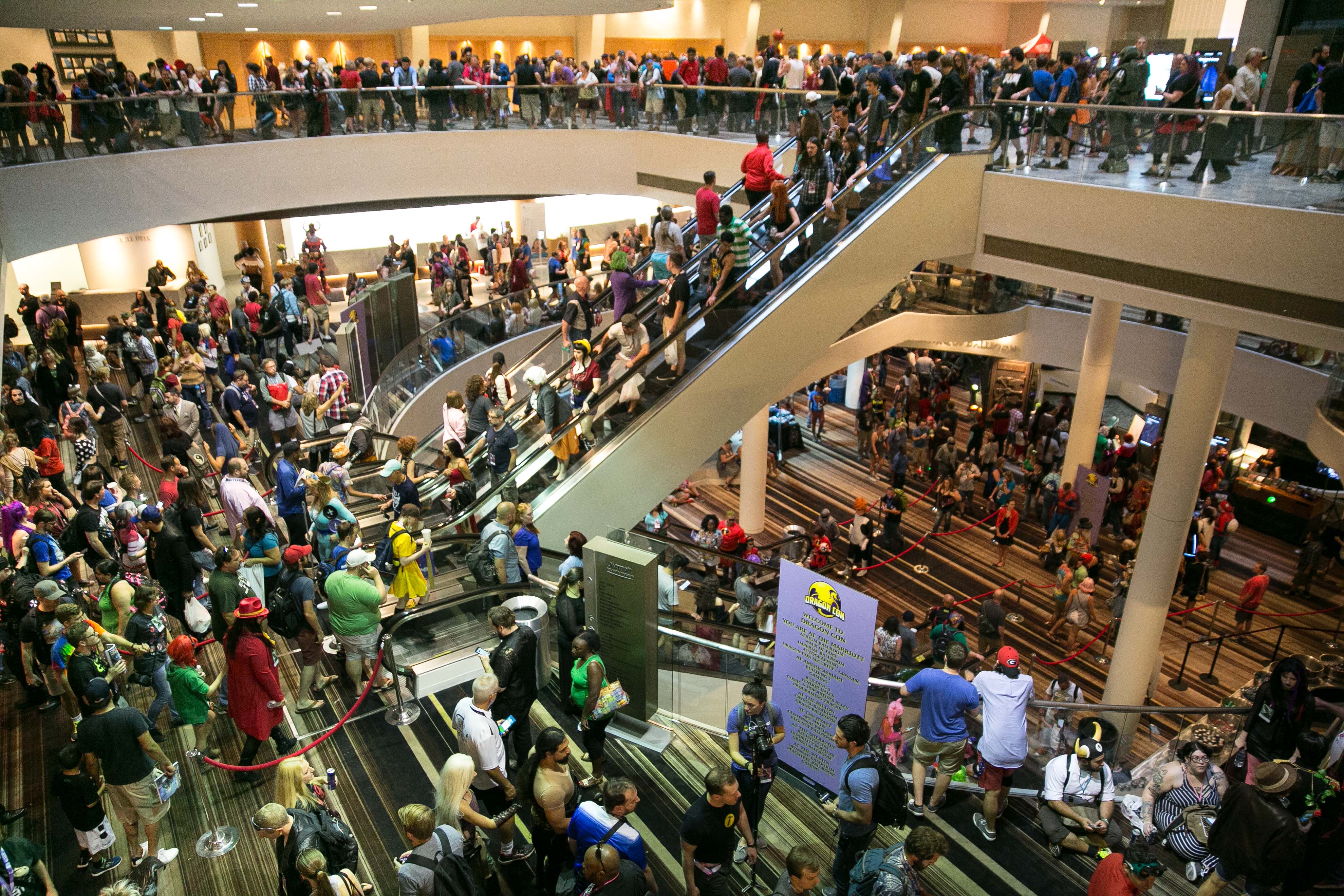

Paragraph four, first line:”…fandom world does seem to insect comfortably with…”Intersect, perhaps?
Thank you! I noticed that too and was going to comment on the typo. Spellcheck doesn’t catch stuff like that and what is needed is a good pair of eyes to *read* the story and make sure it makes sense! Proofreading!
Great article. This dovetails with my own reflections on conventions. See
http://www.theofantastique.com/2011/10/02/fantasy-and-science-fiction-conventions-as-transformational-festivals/